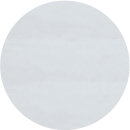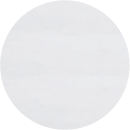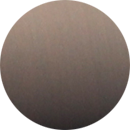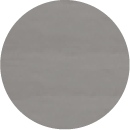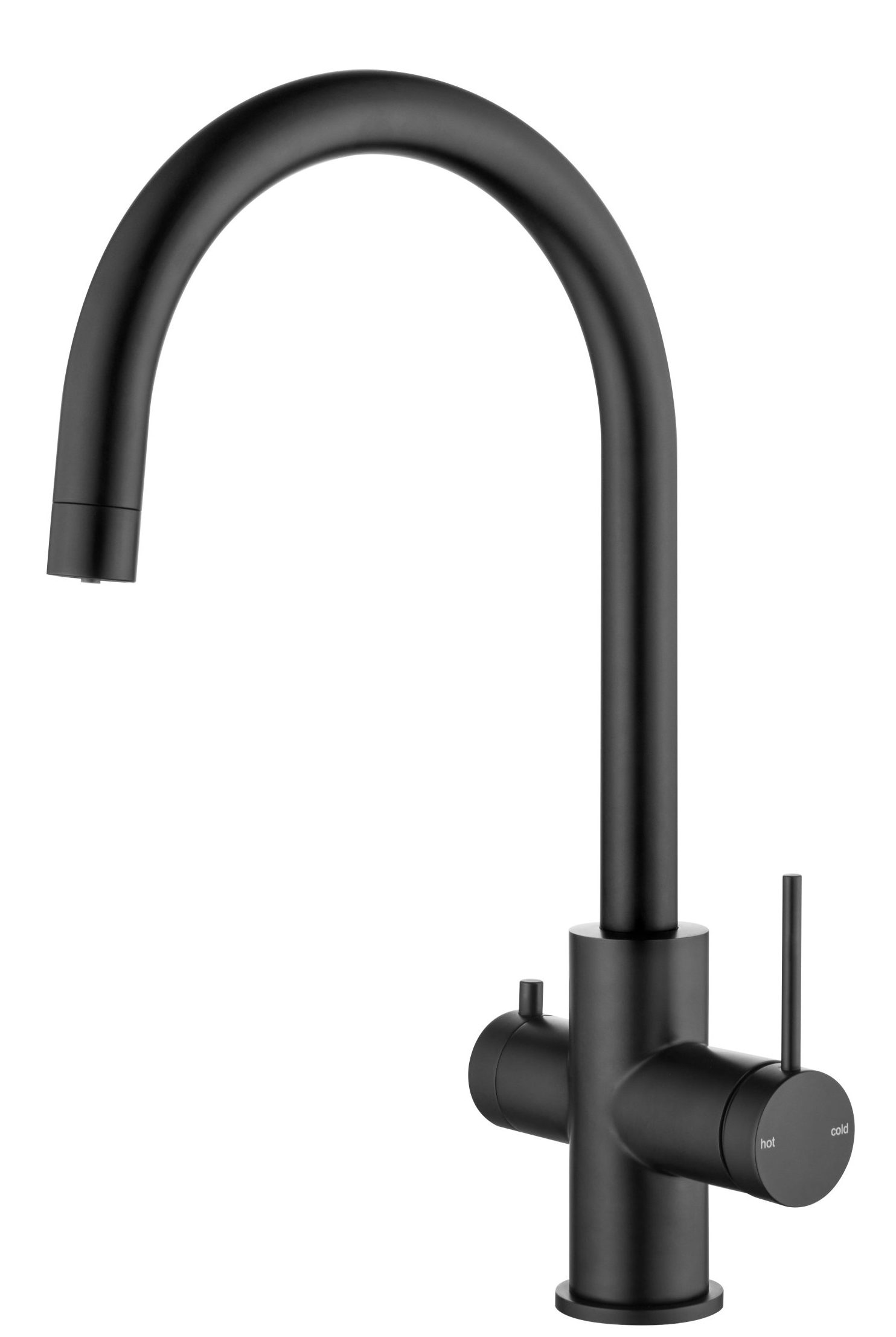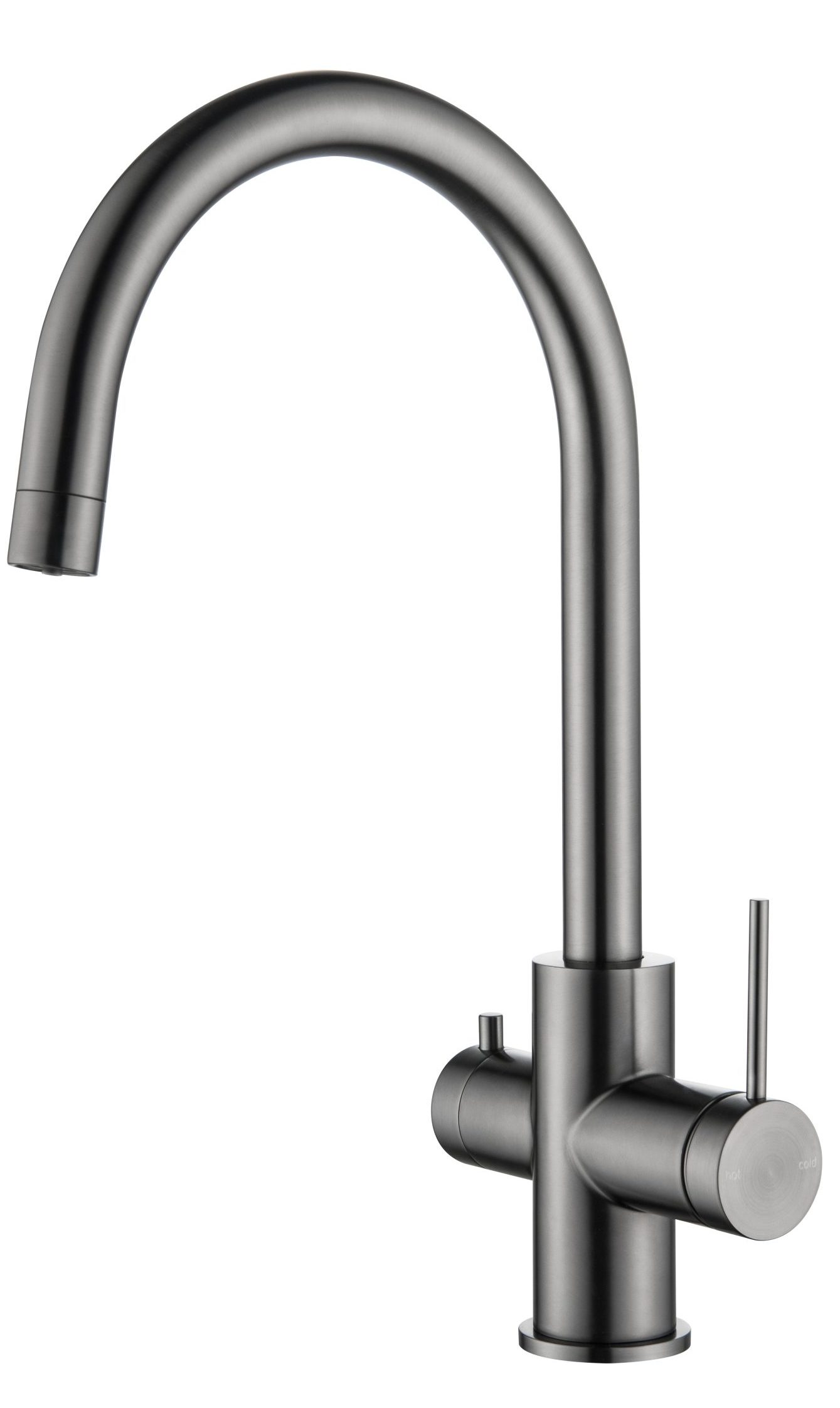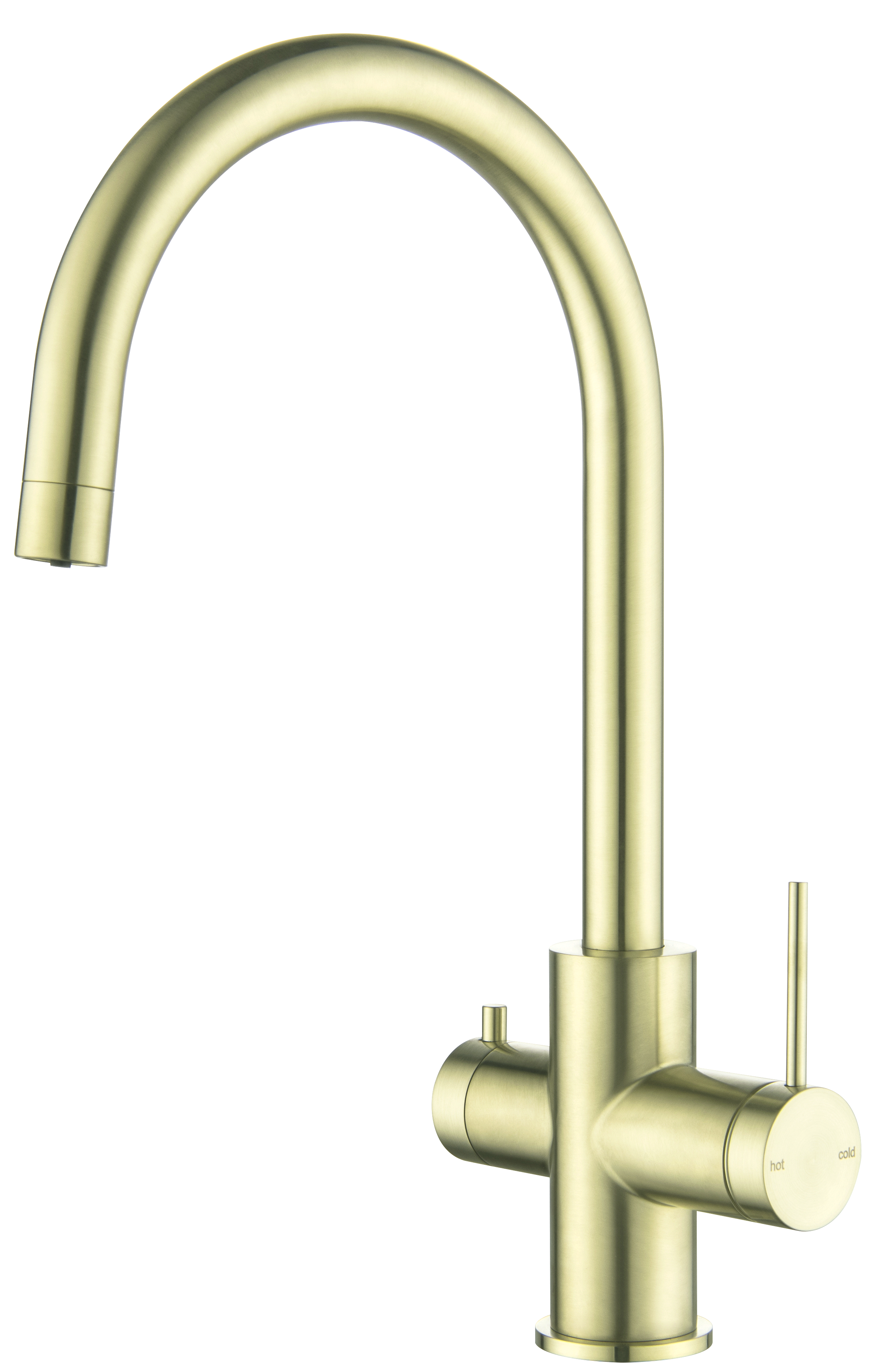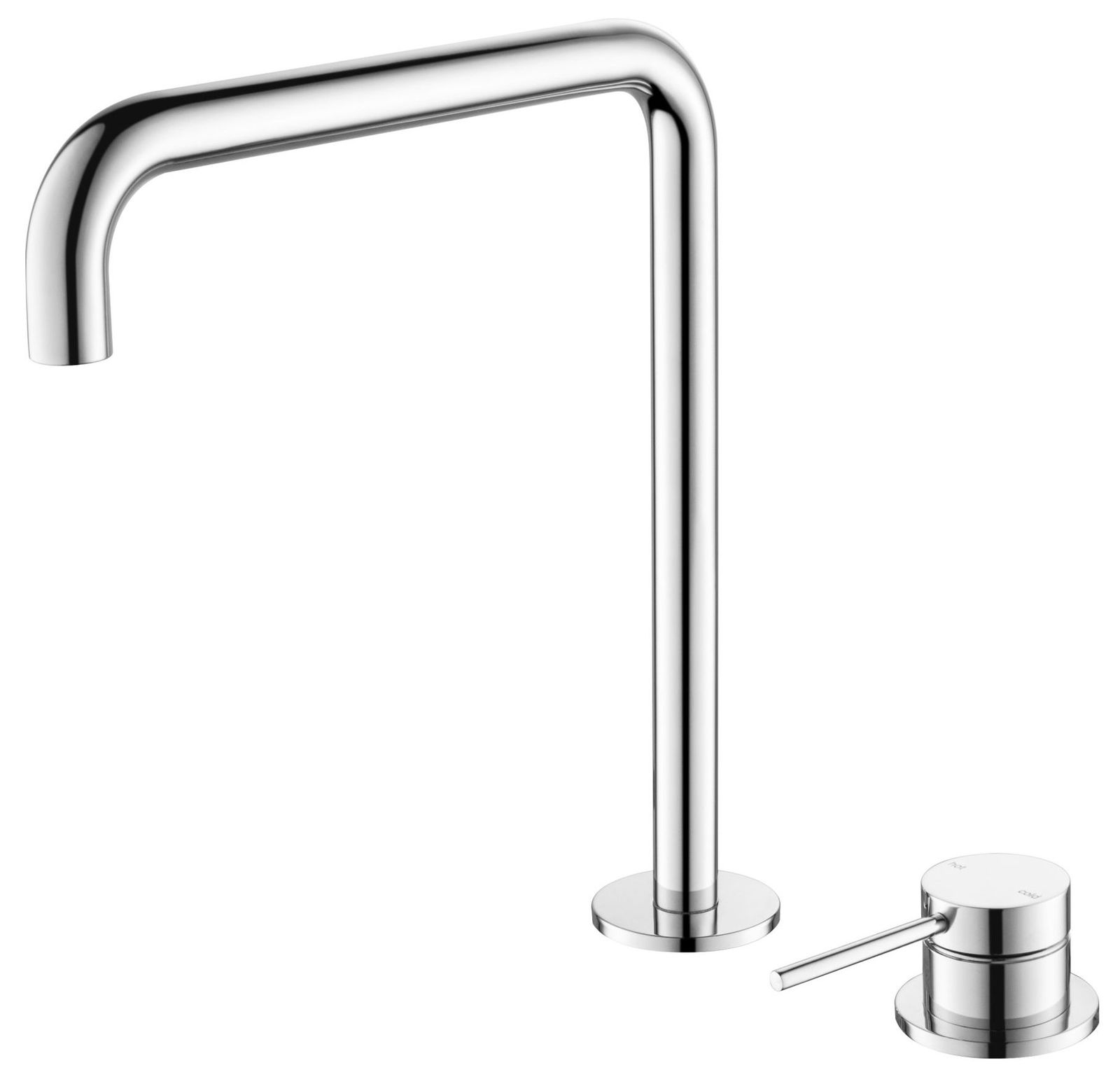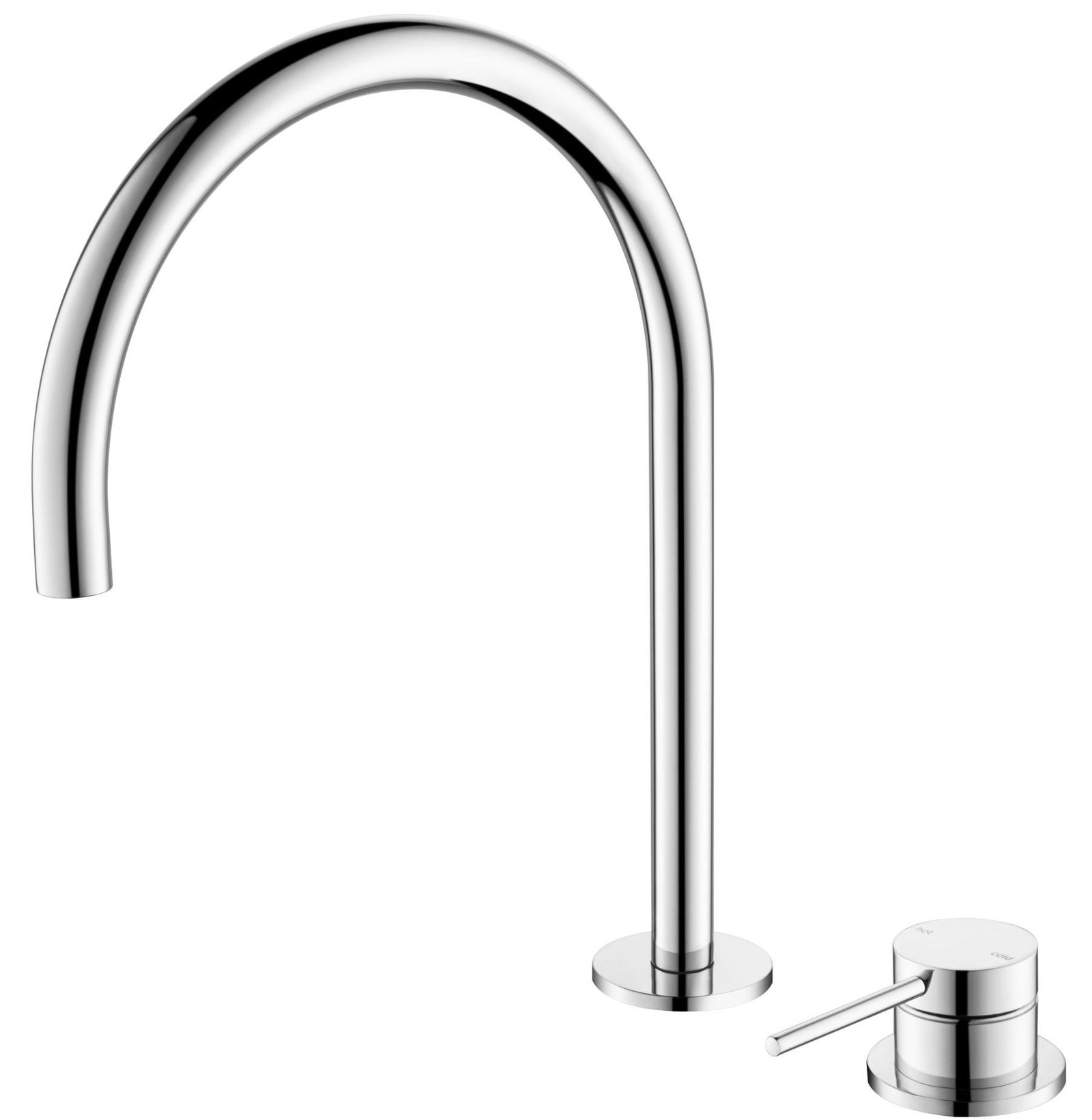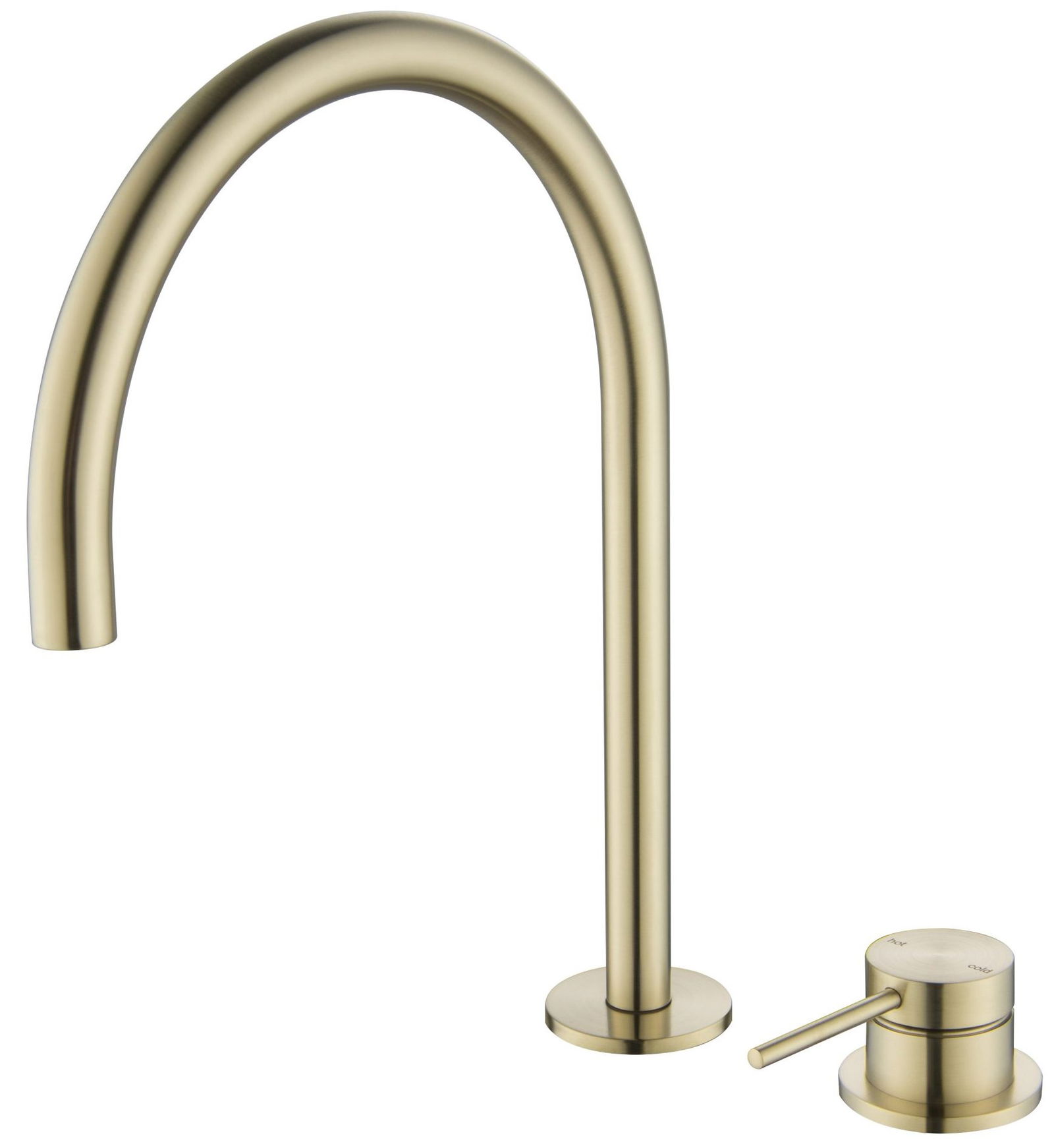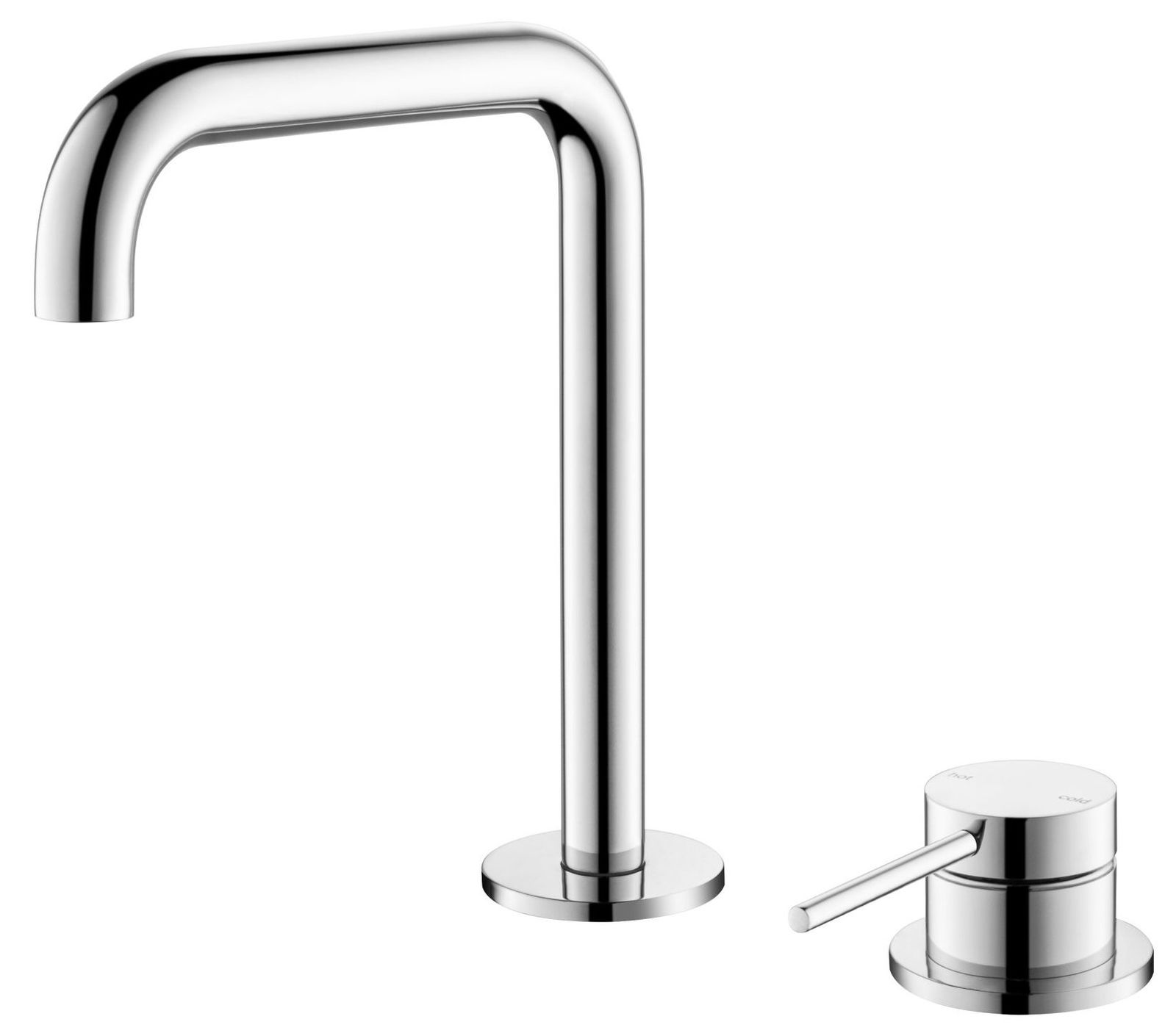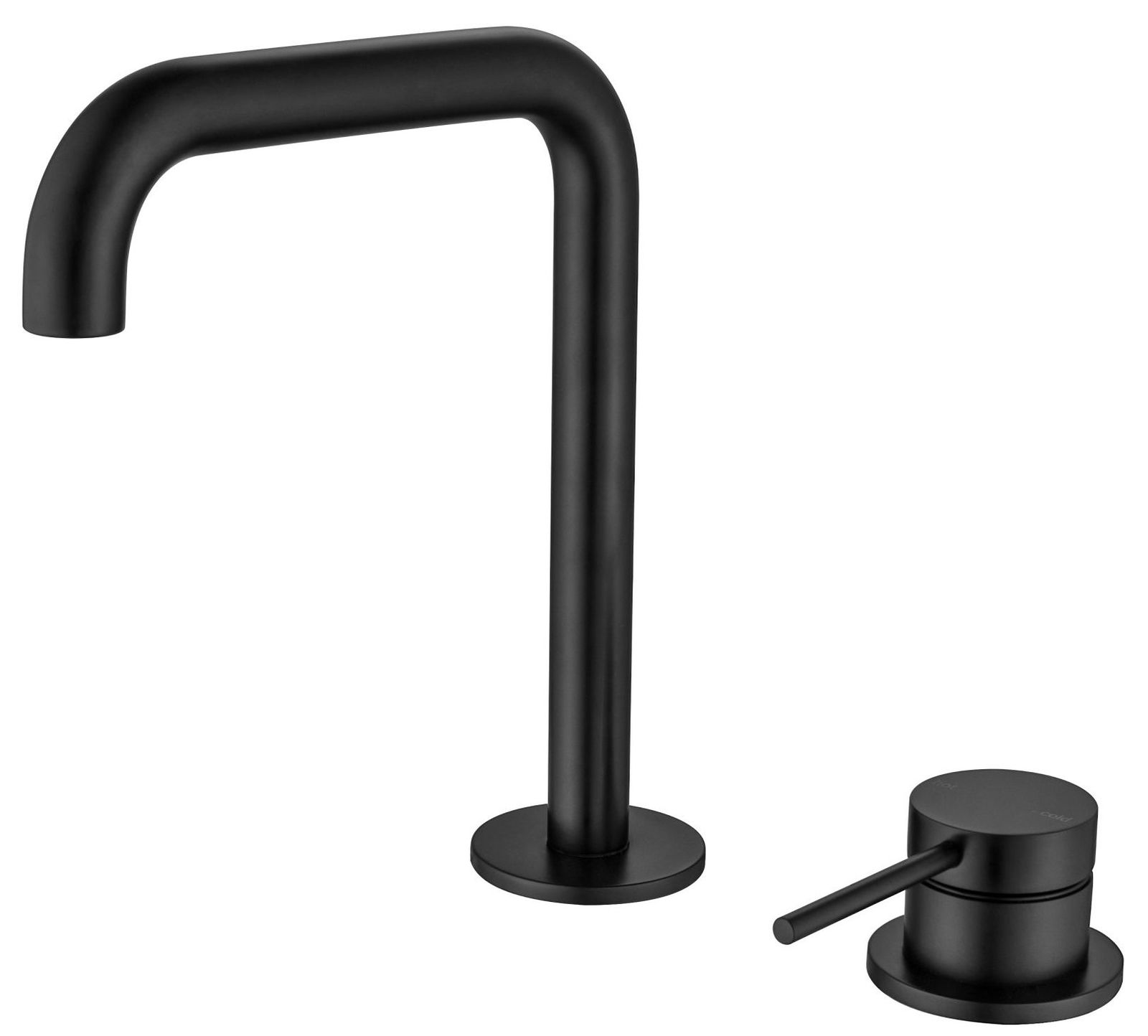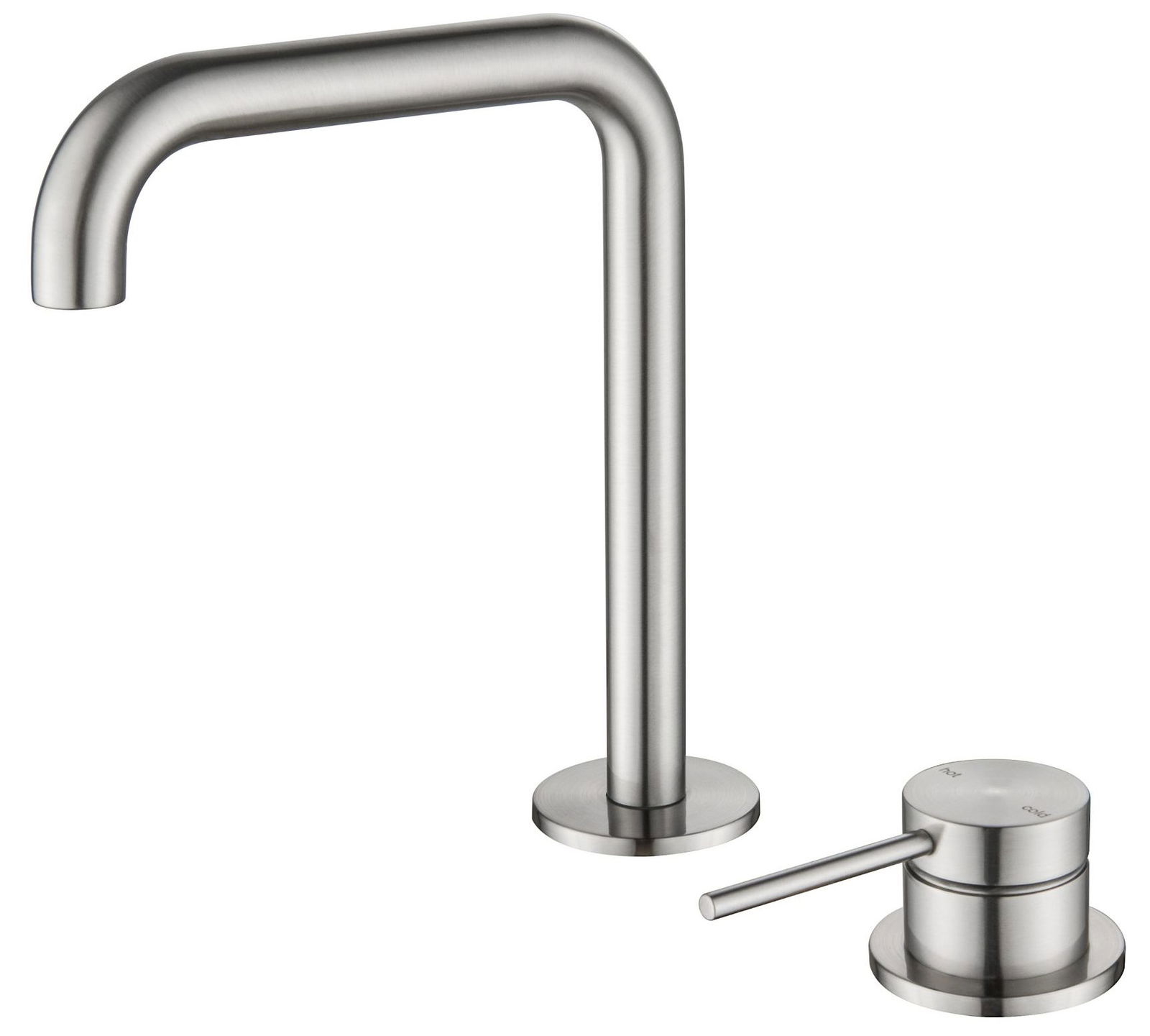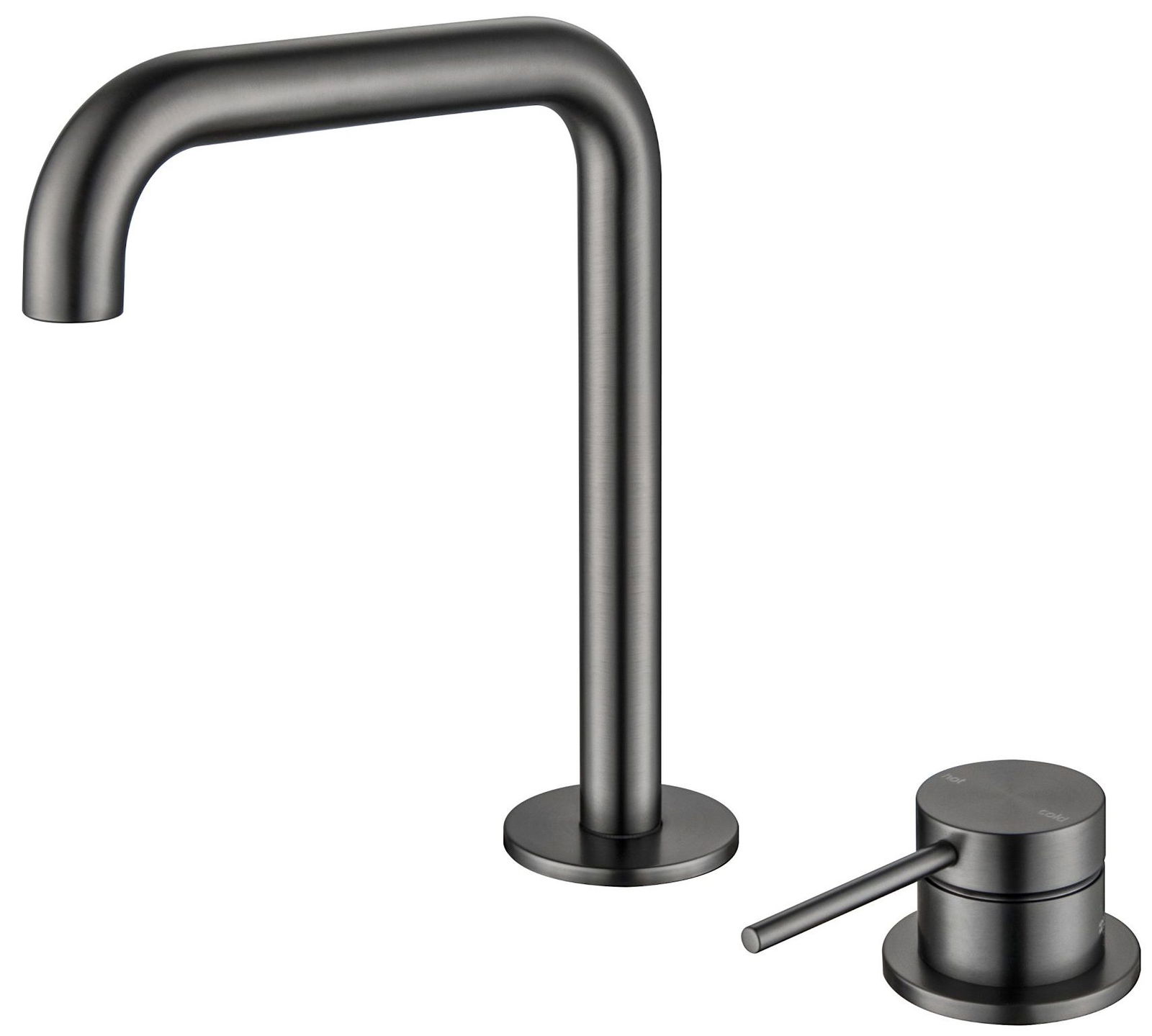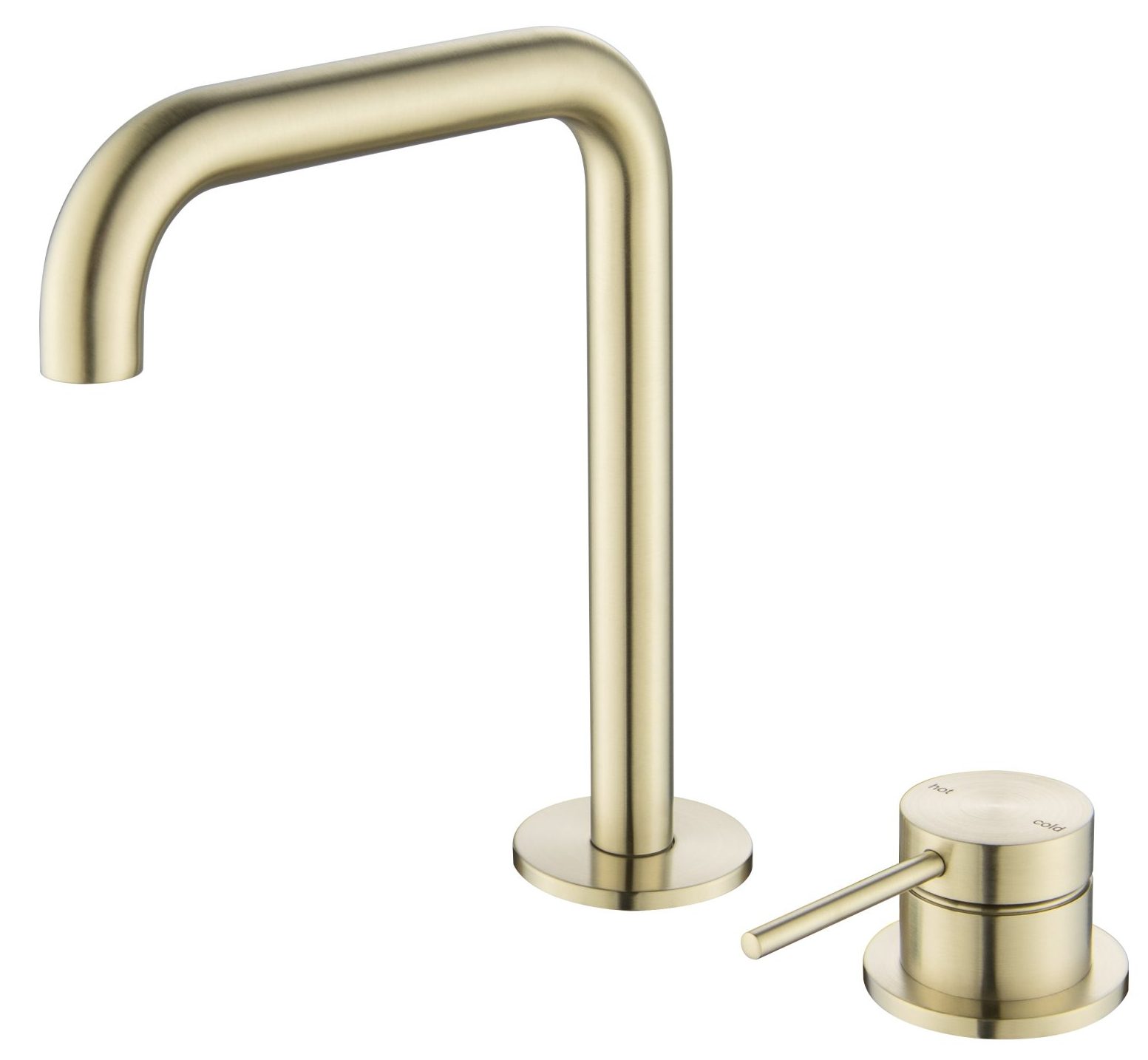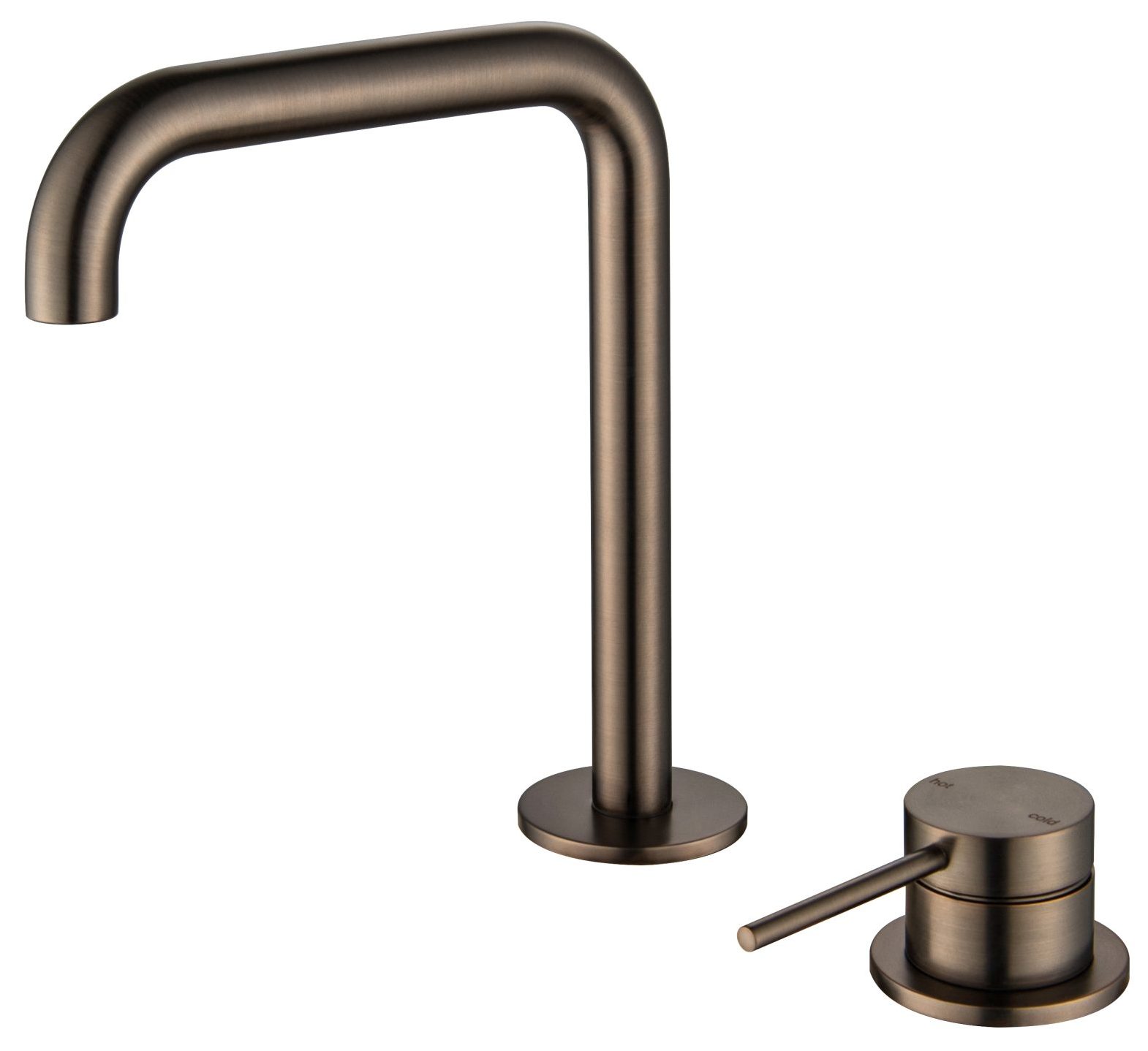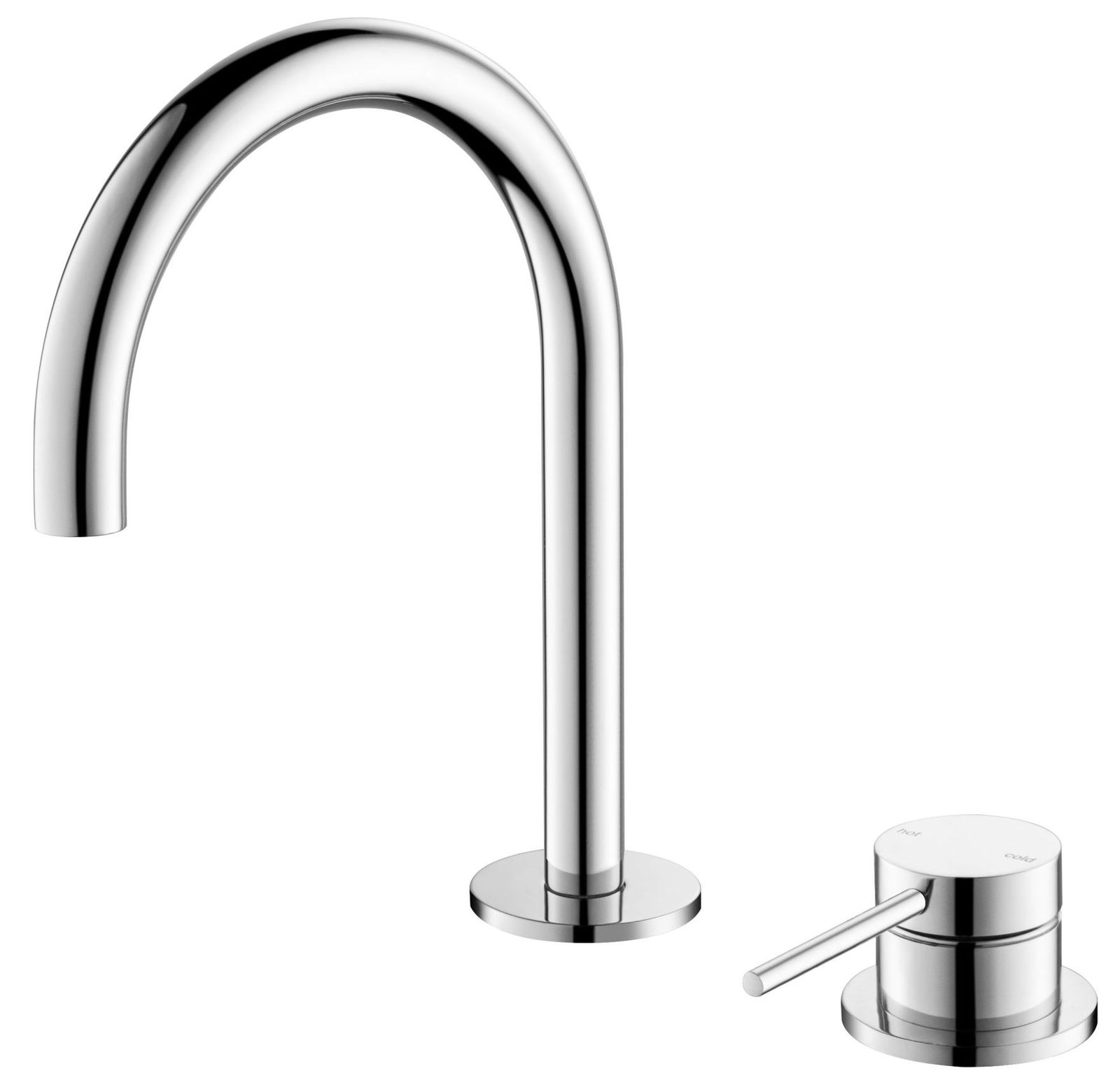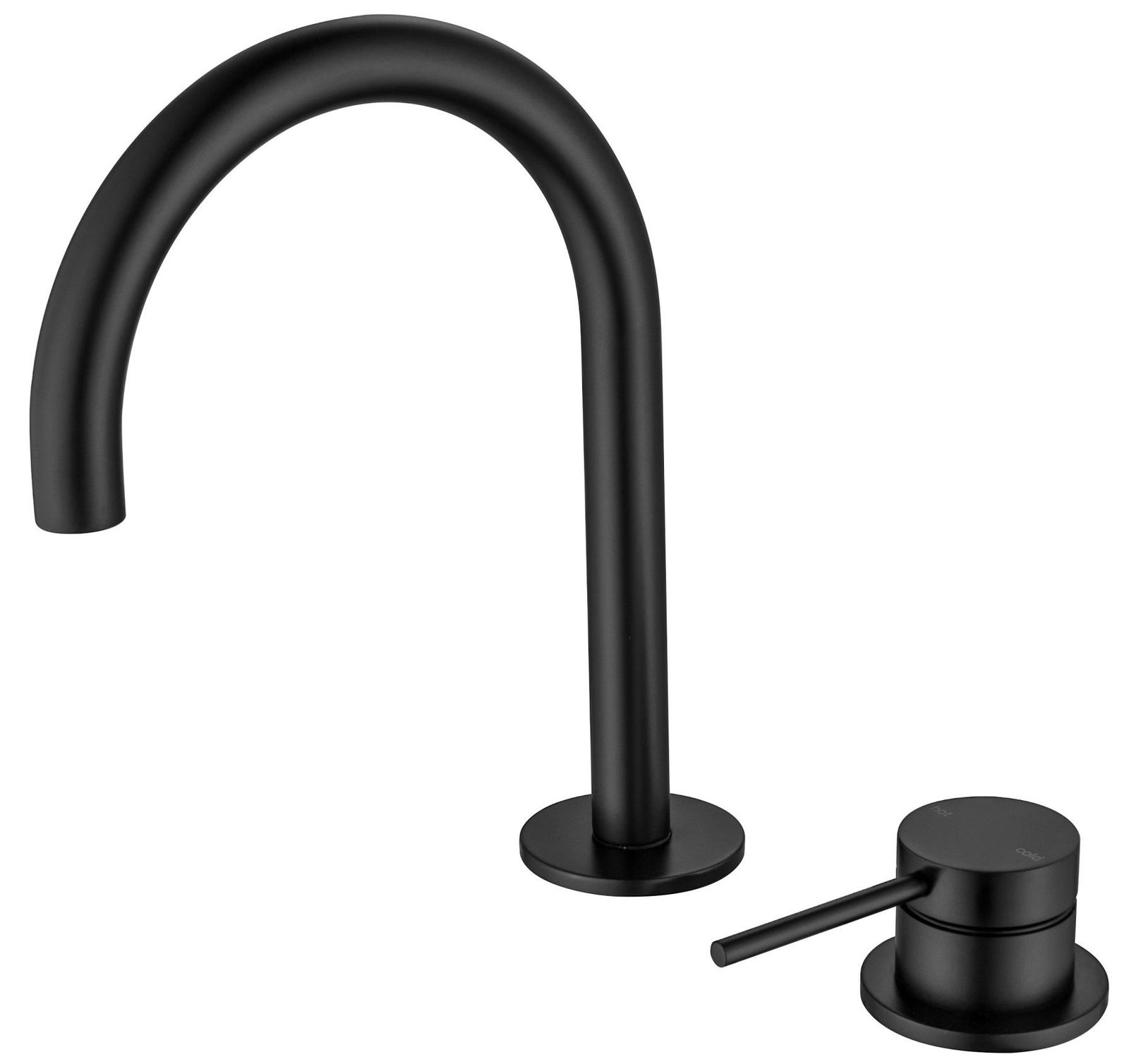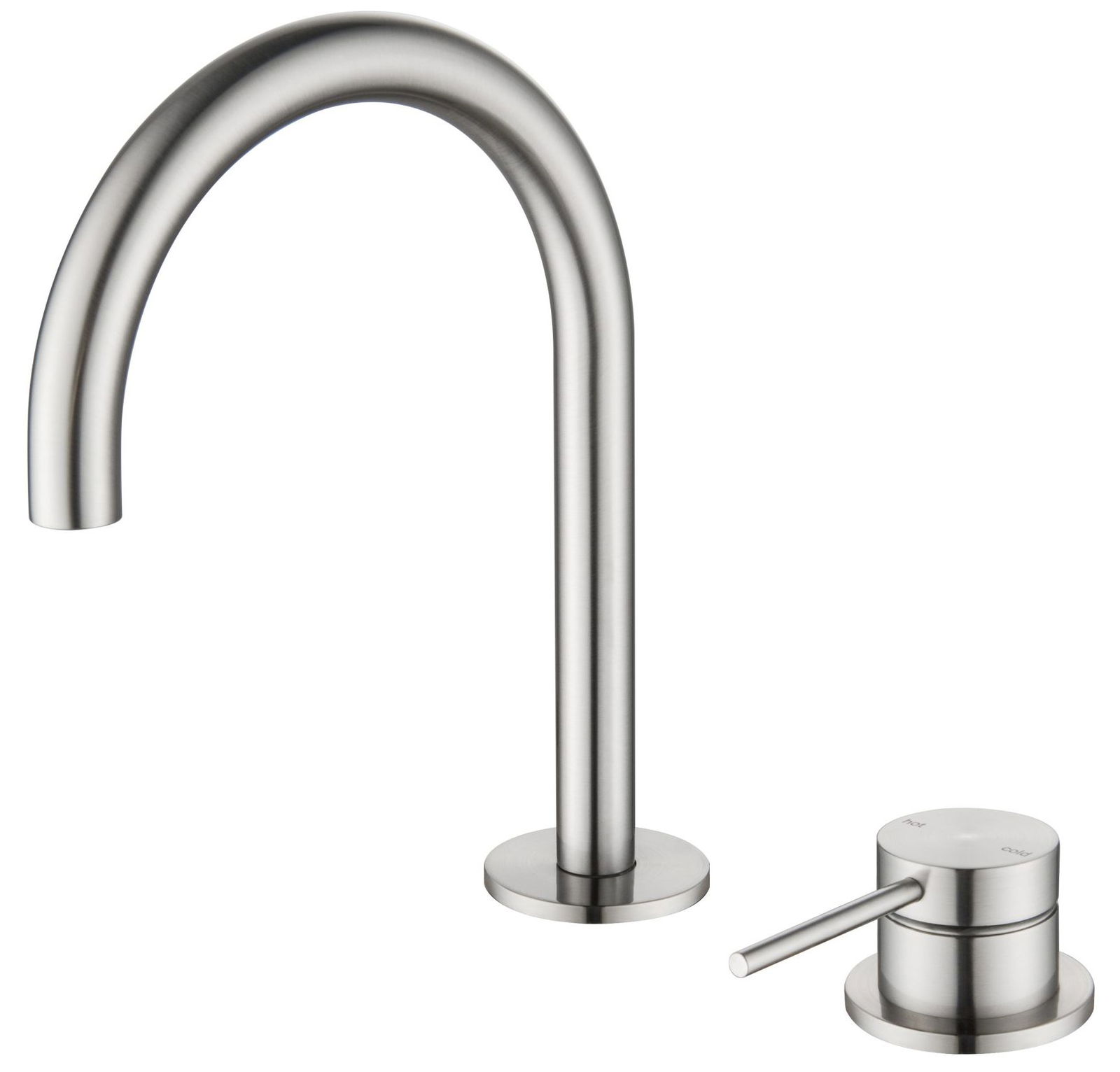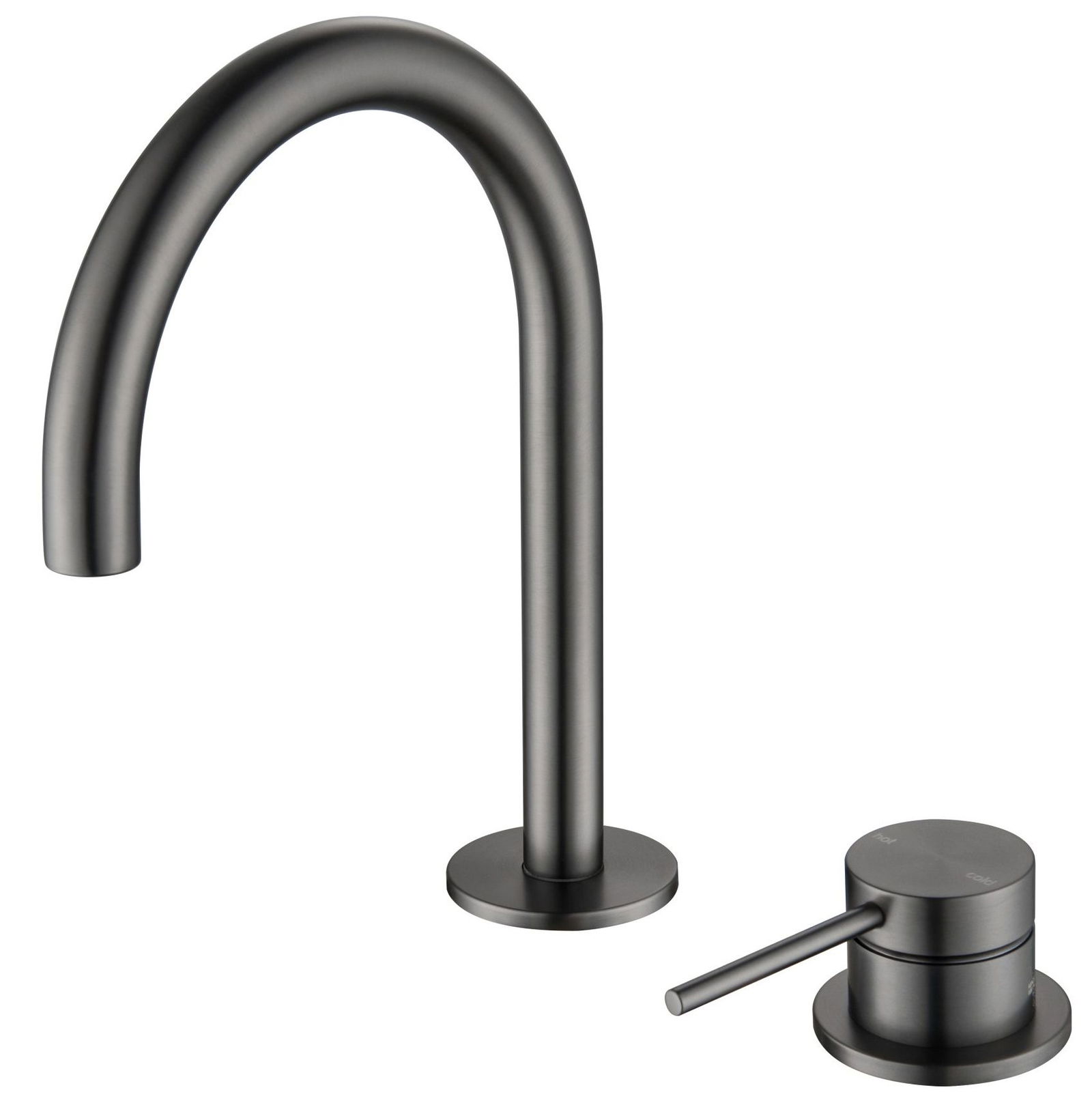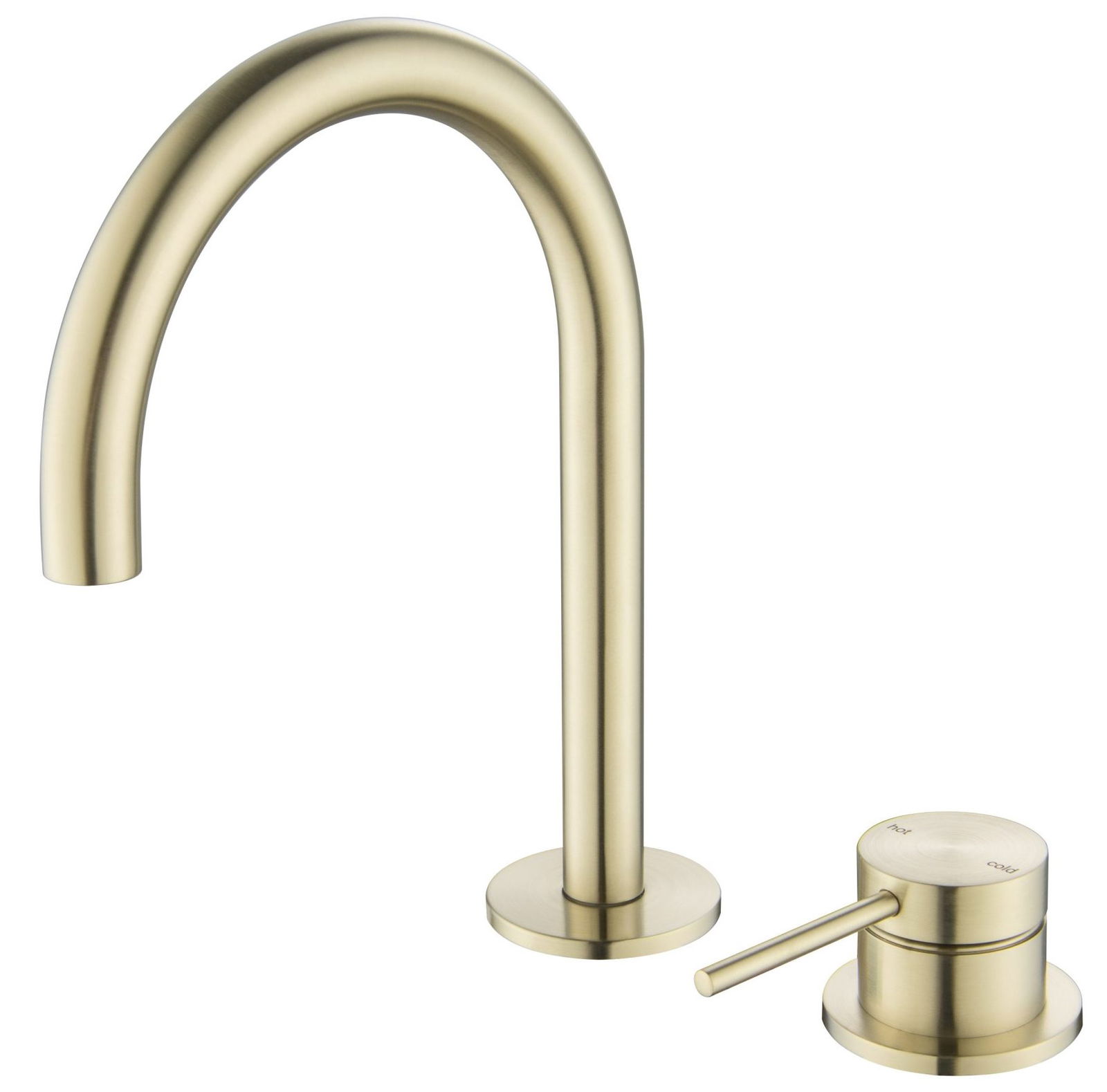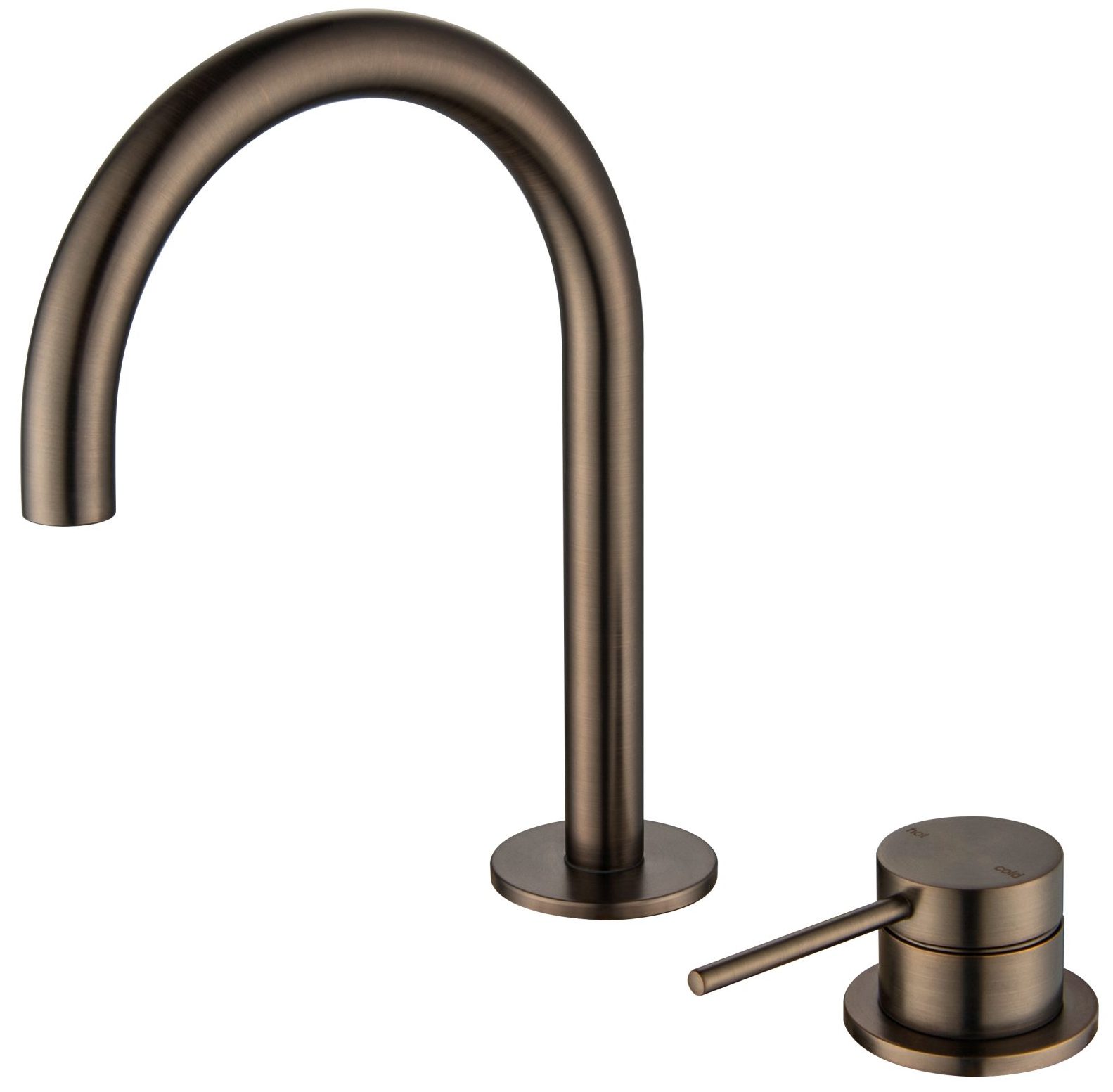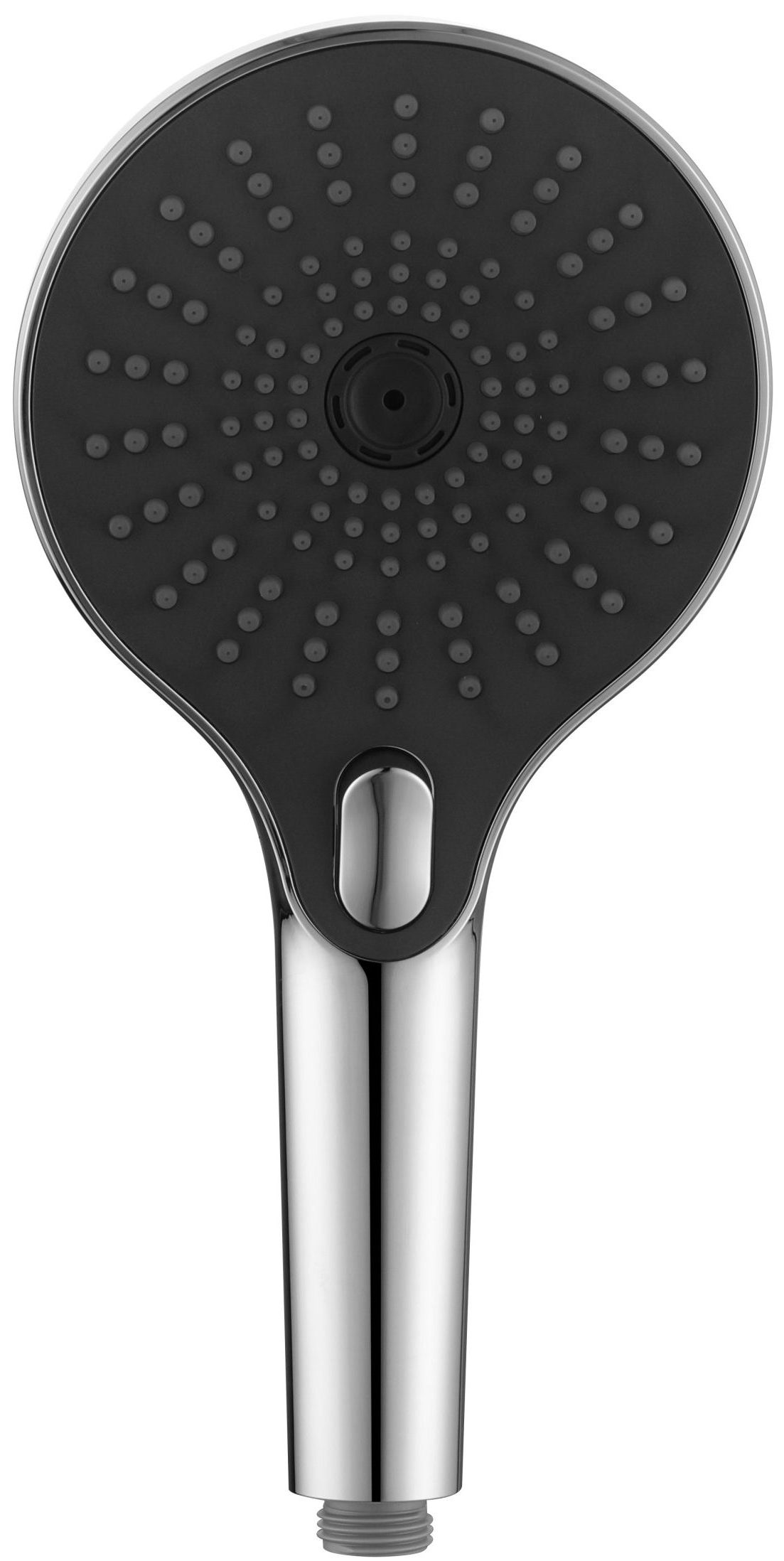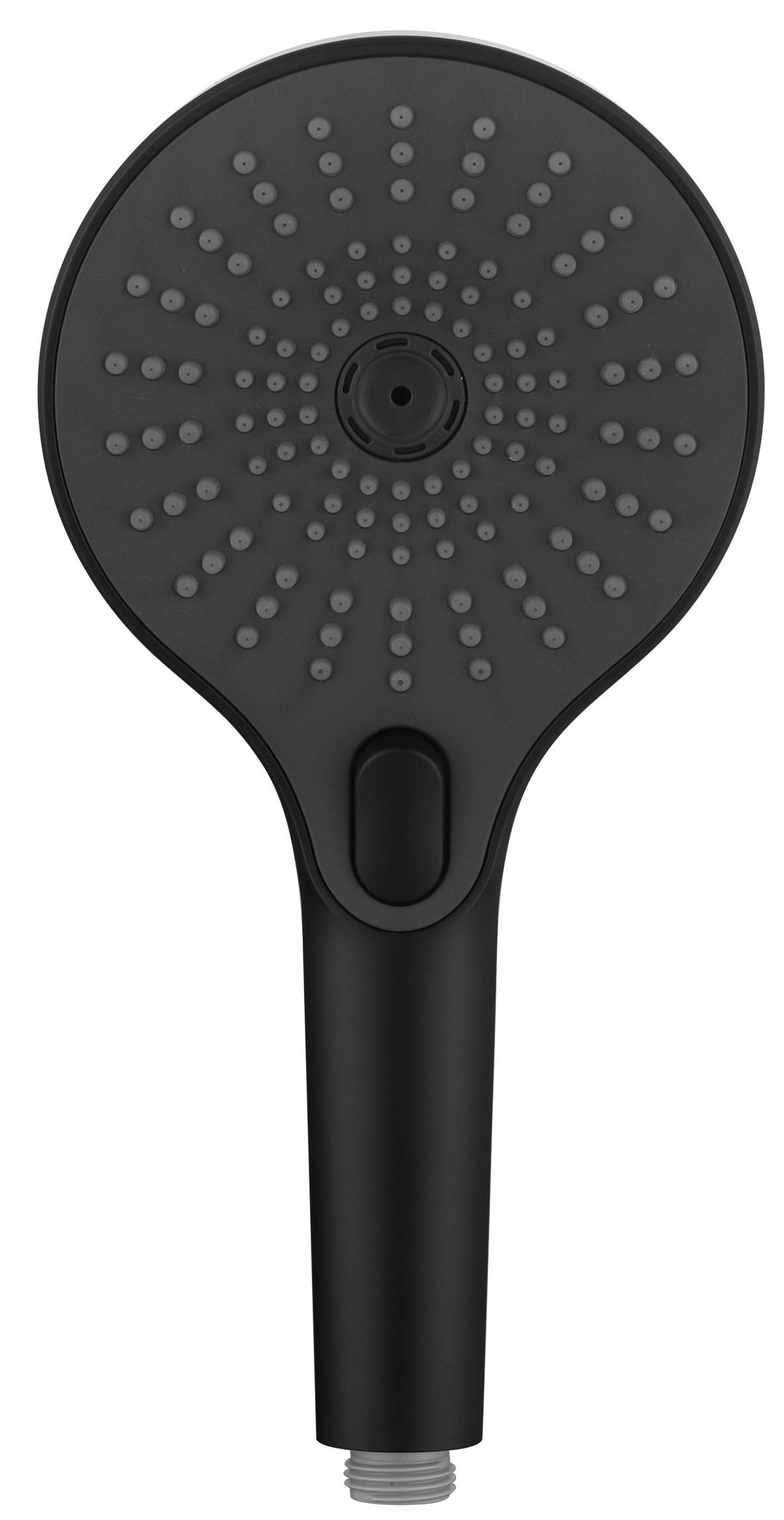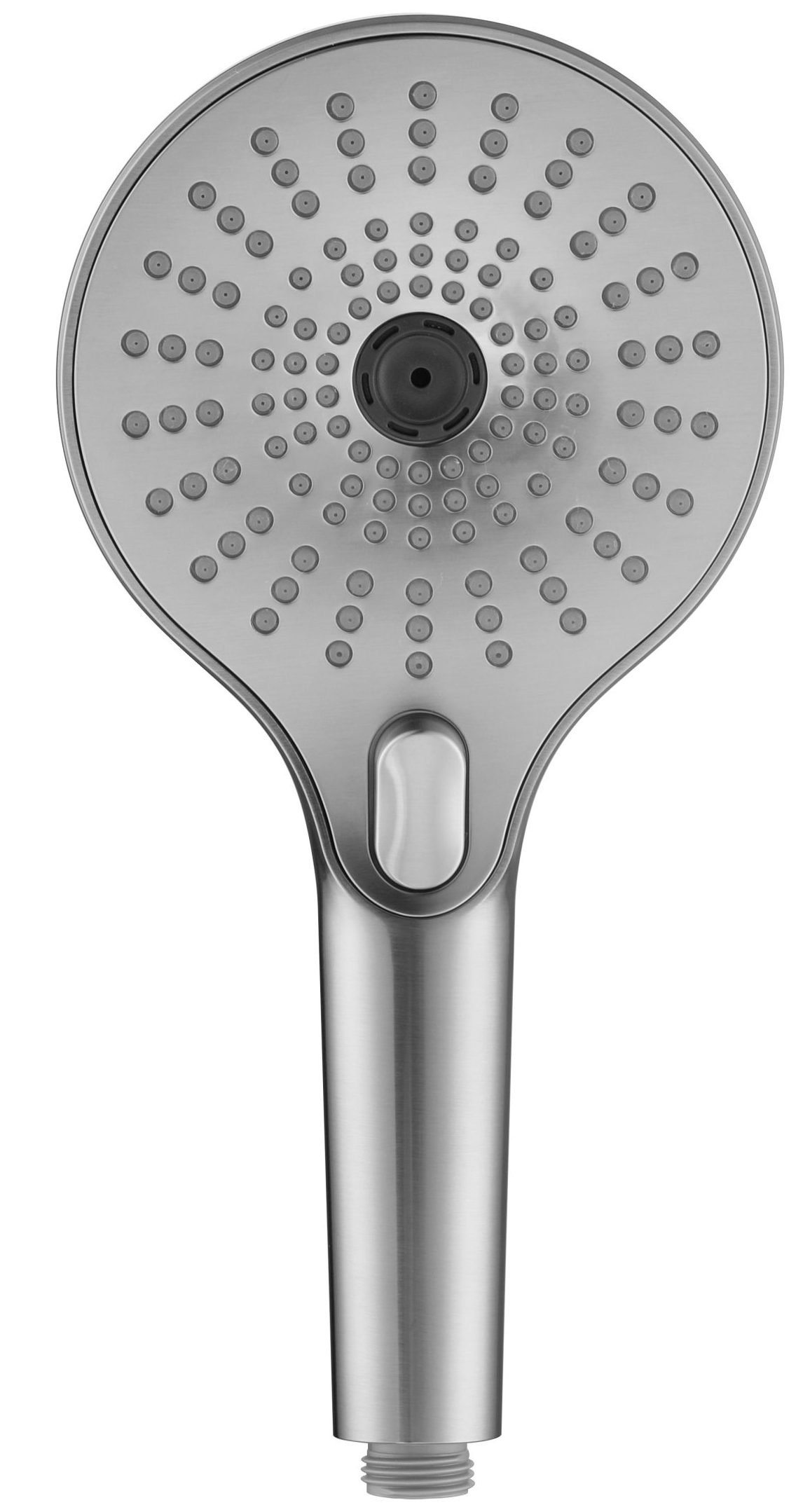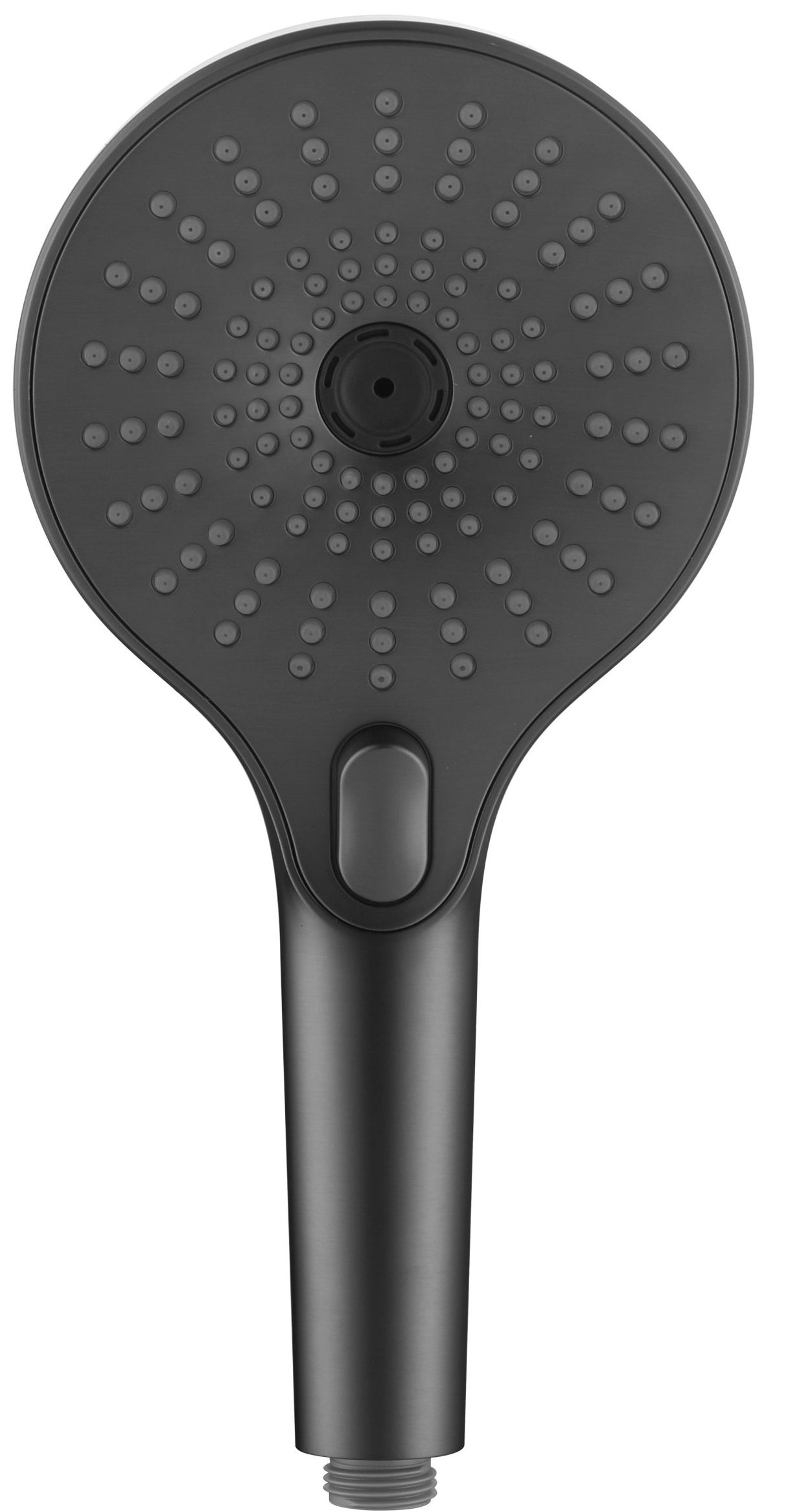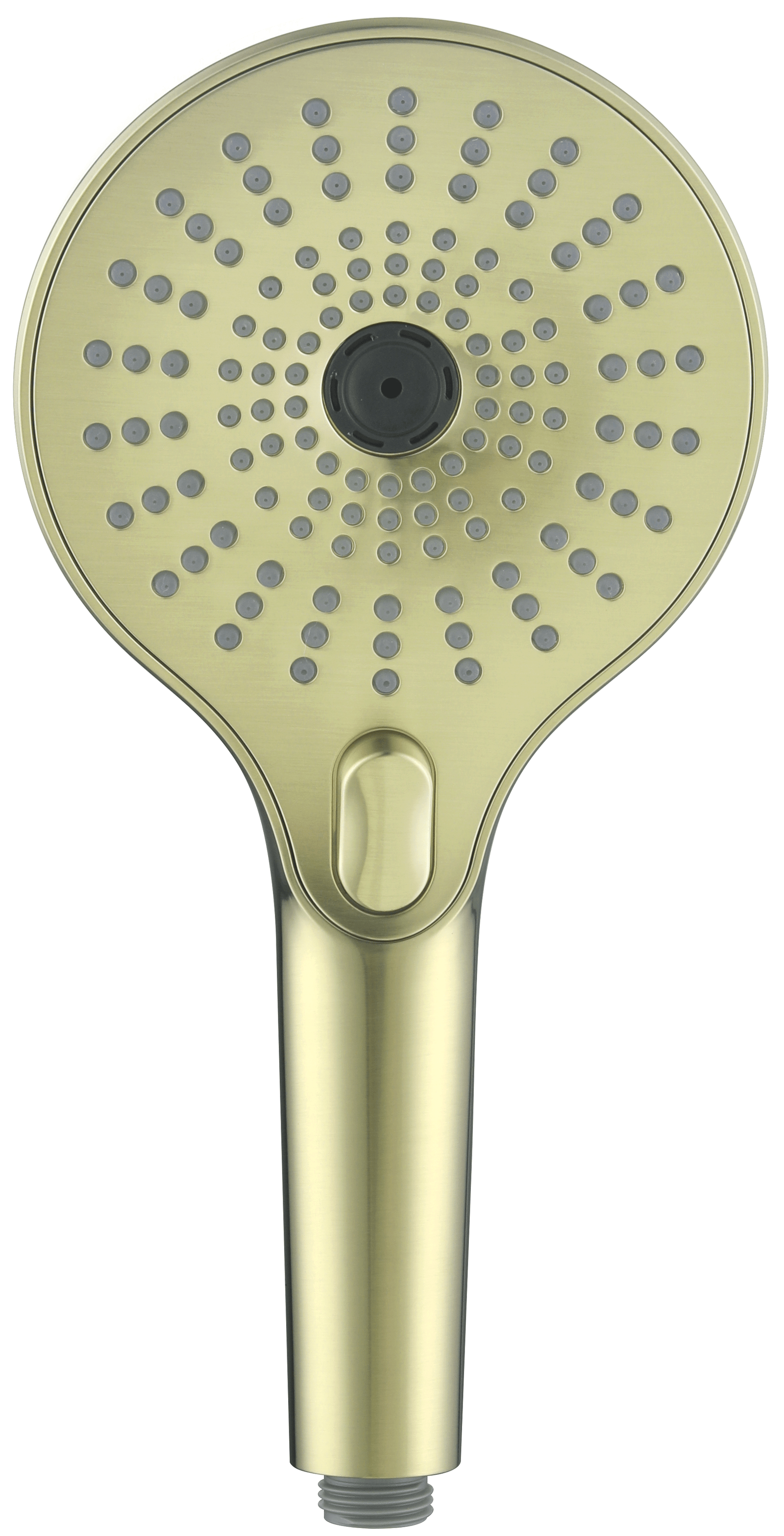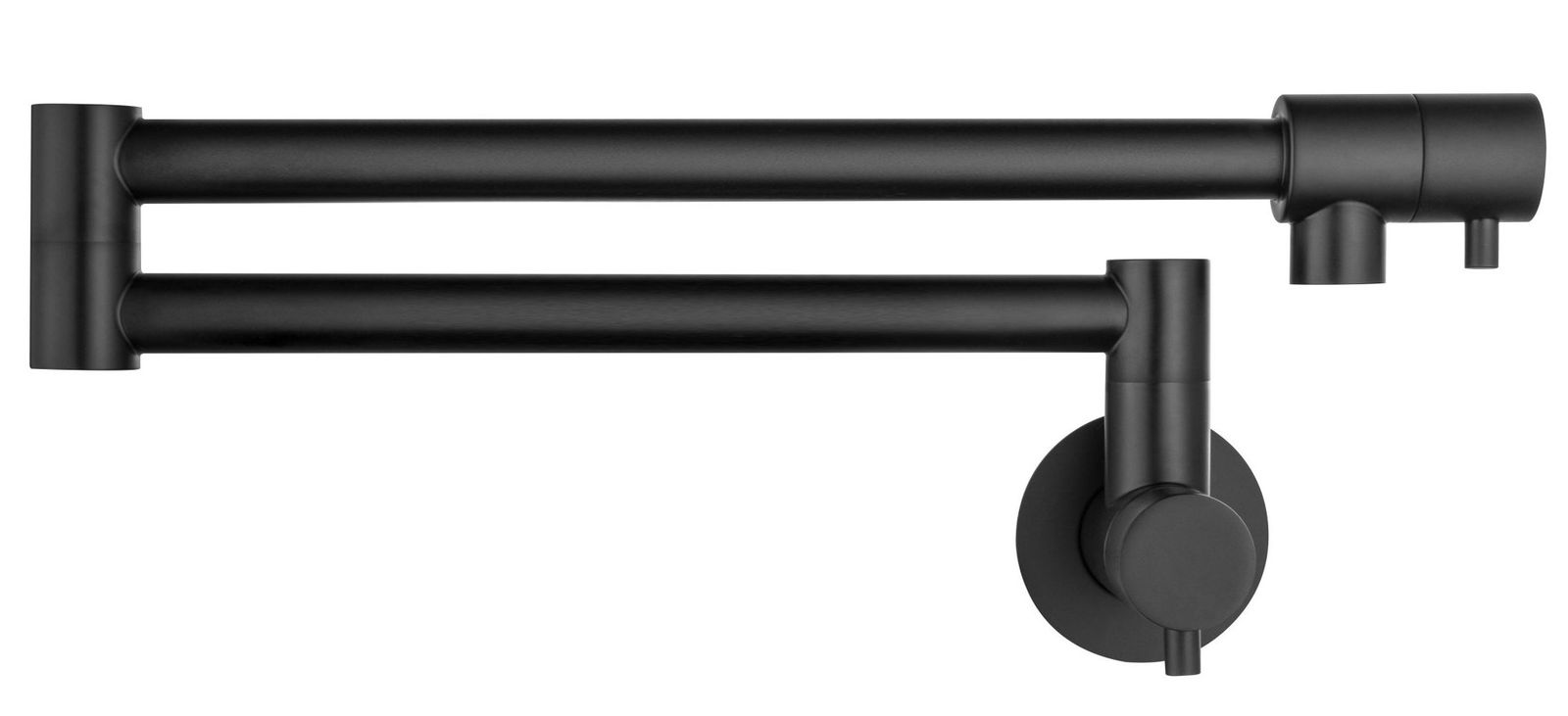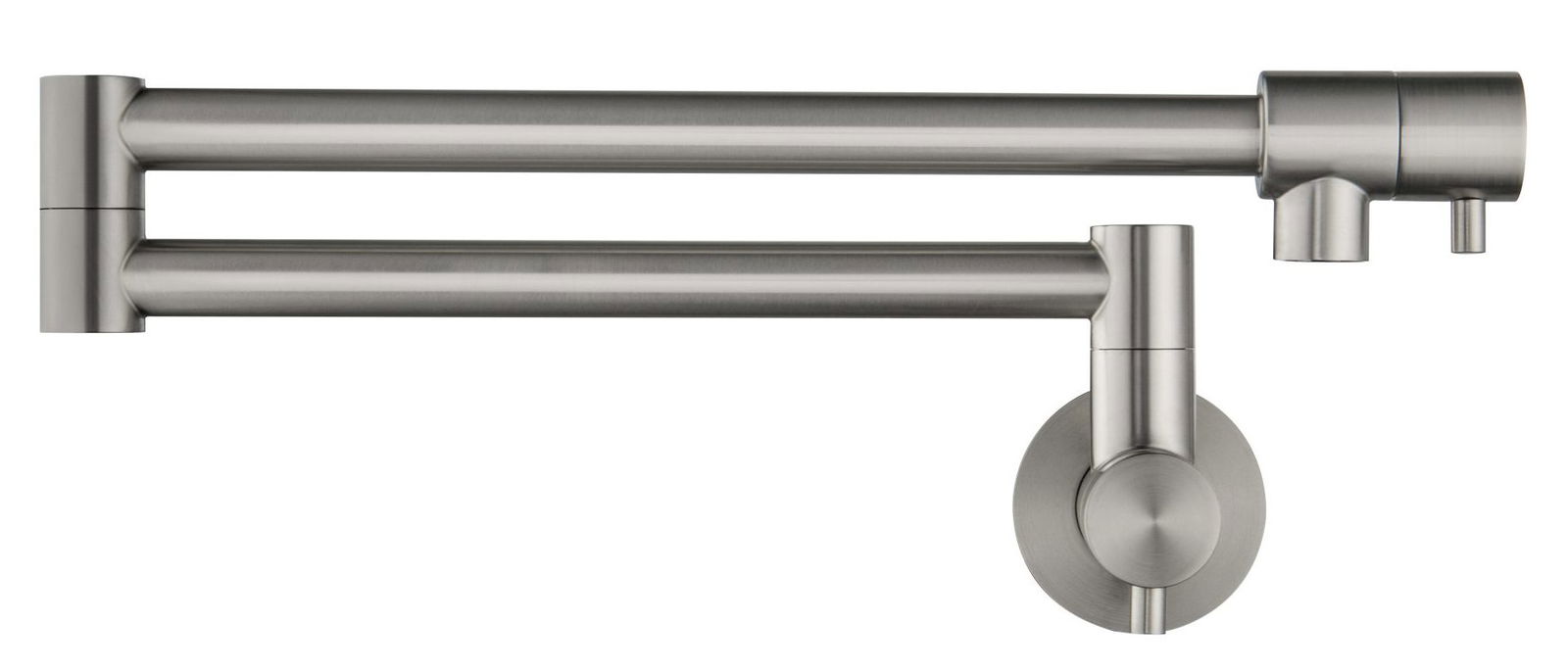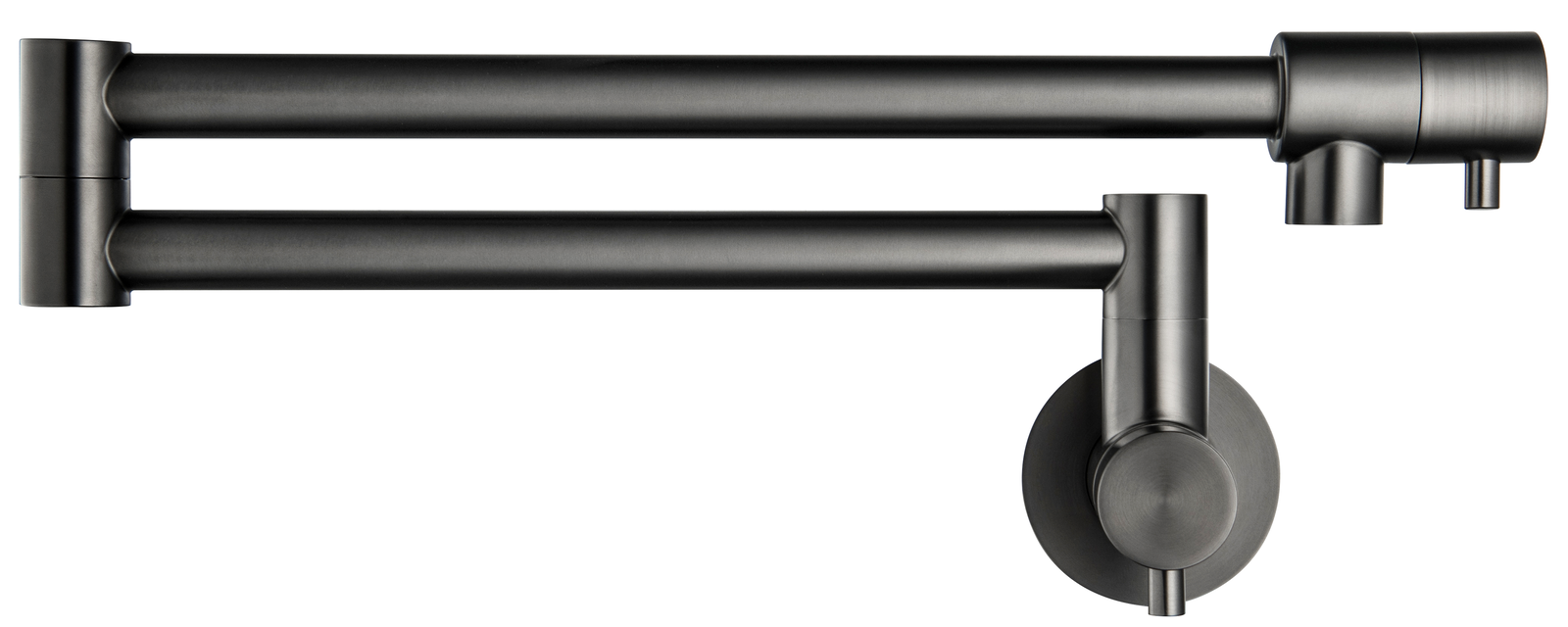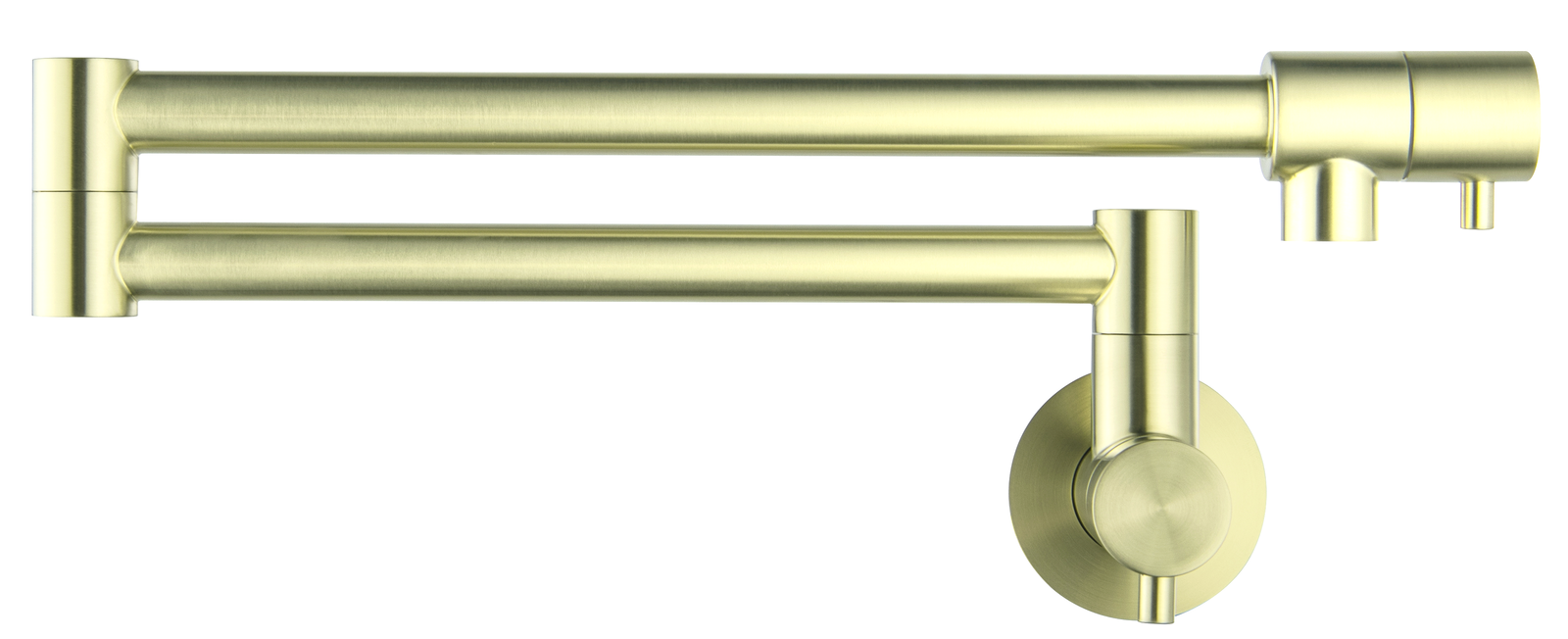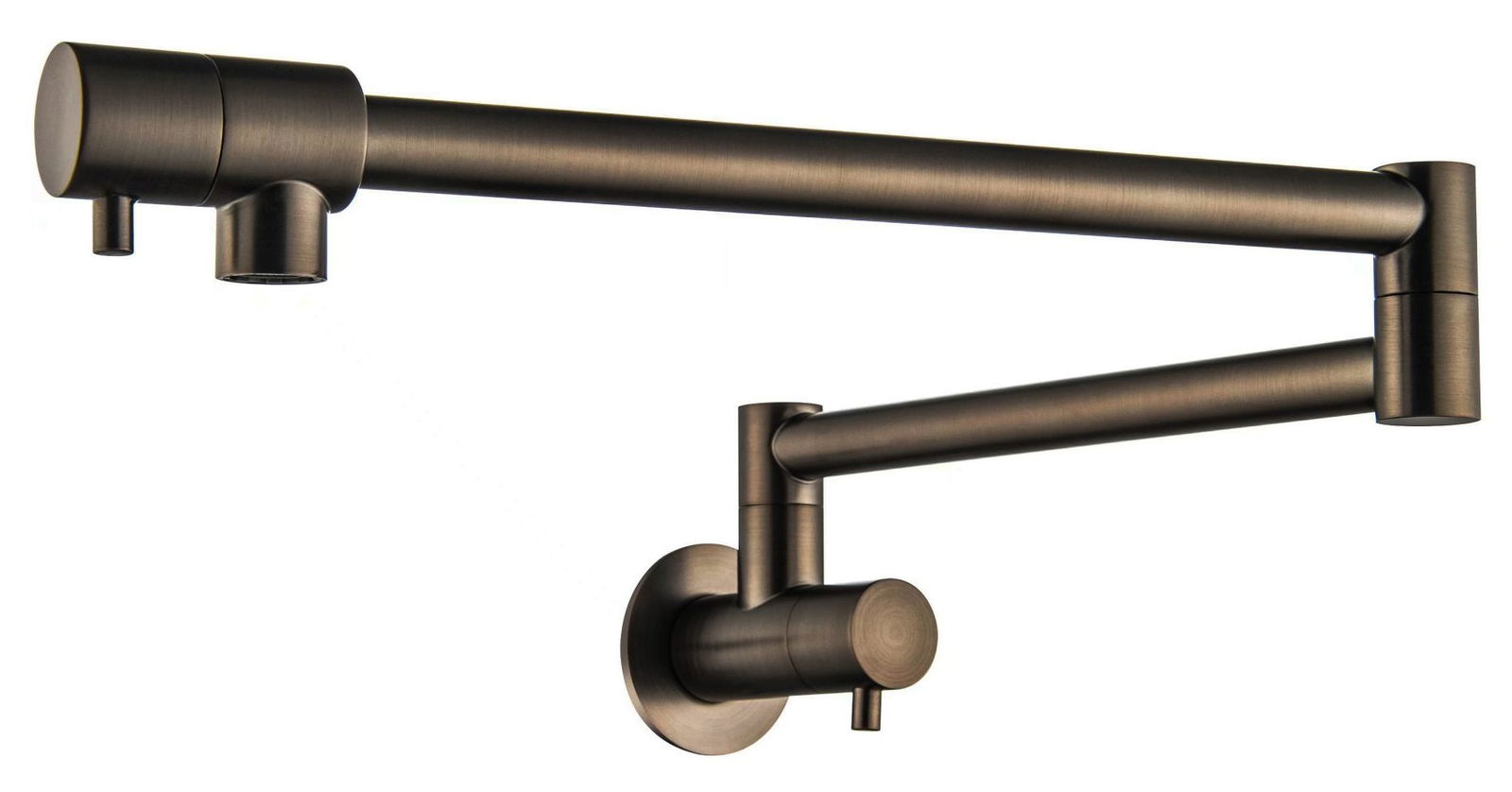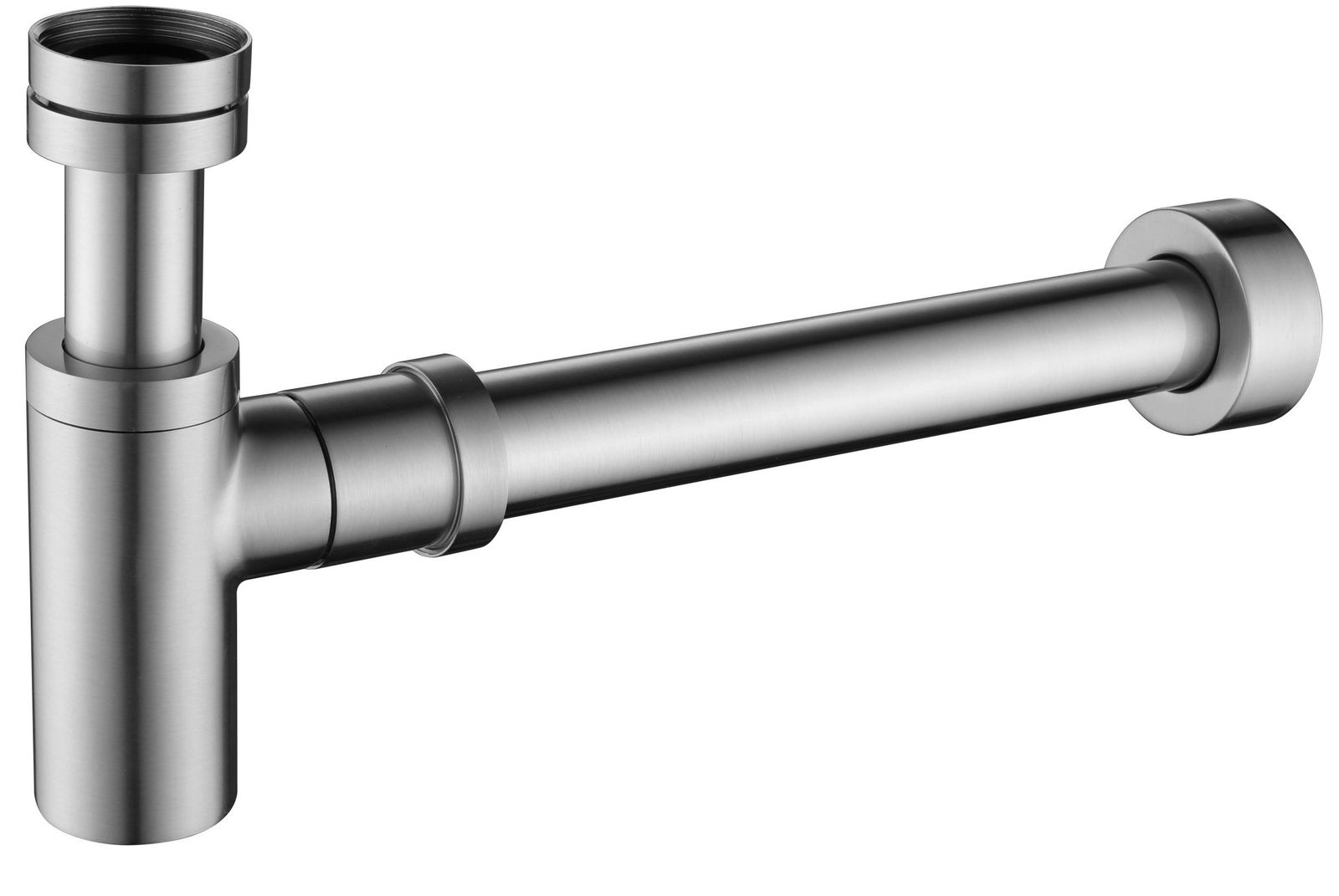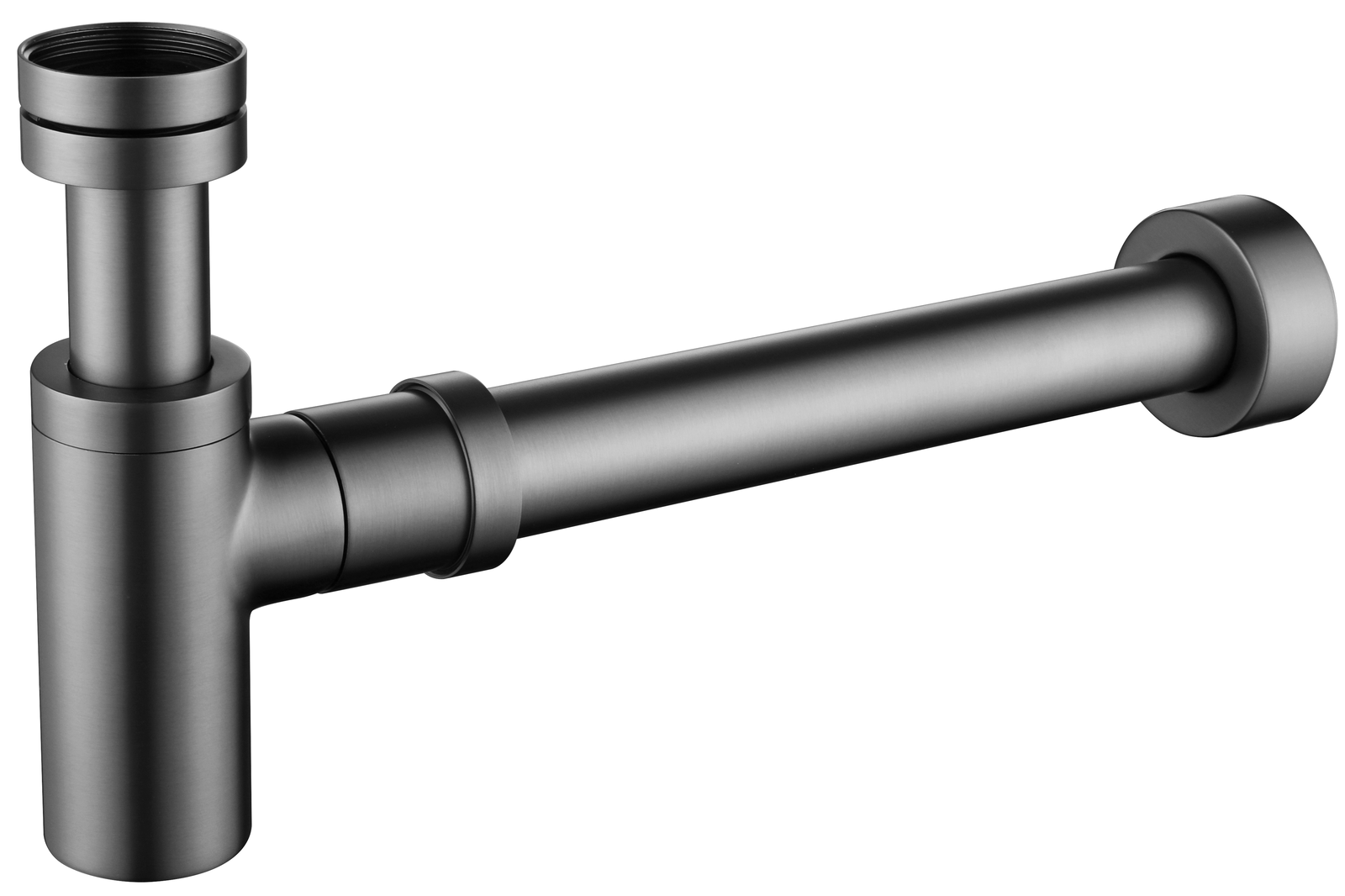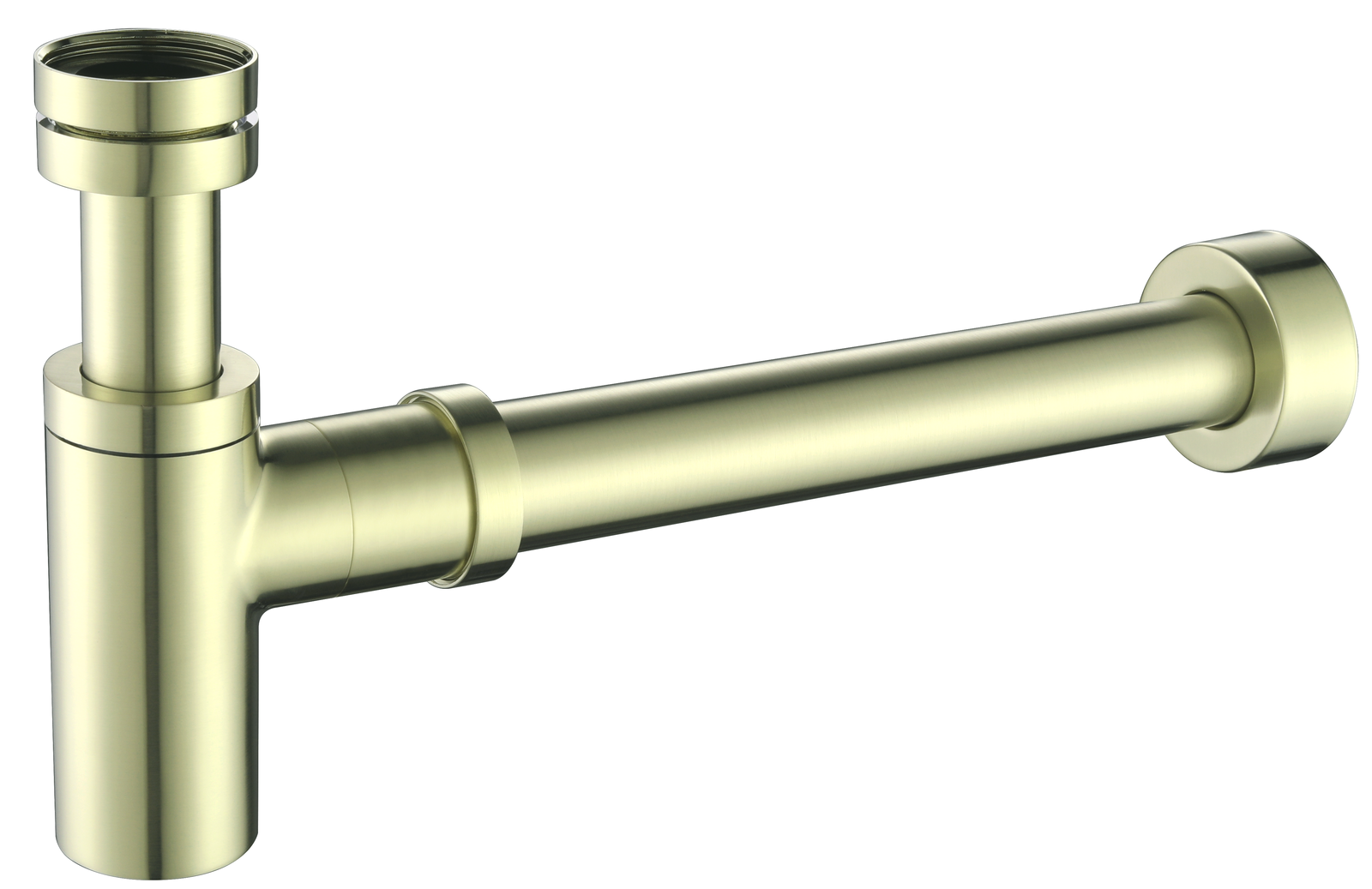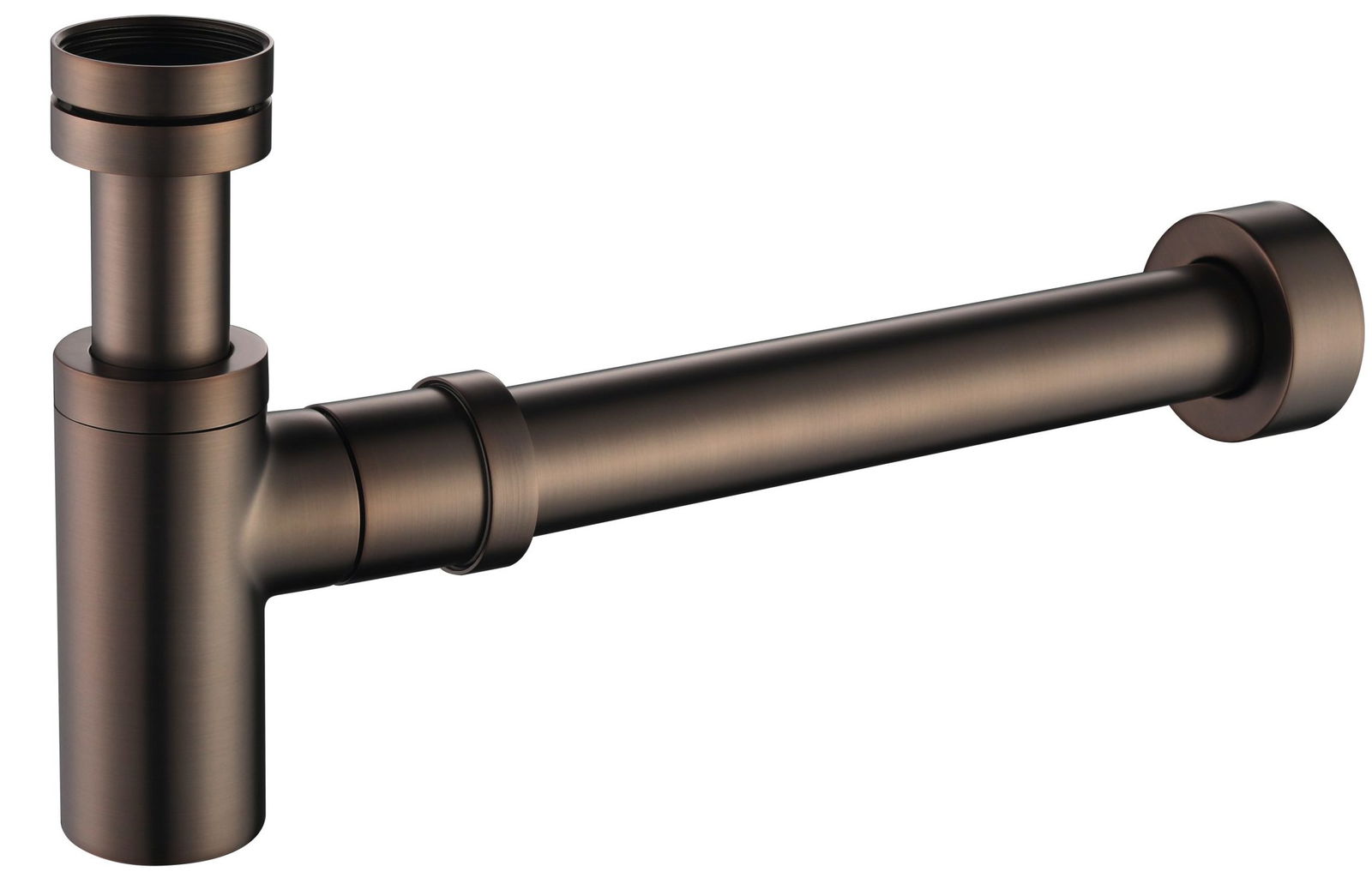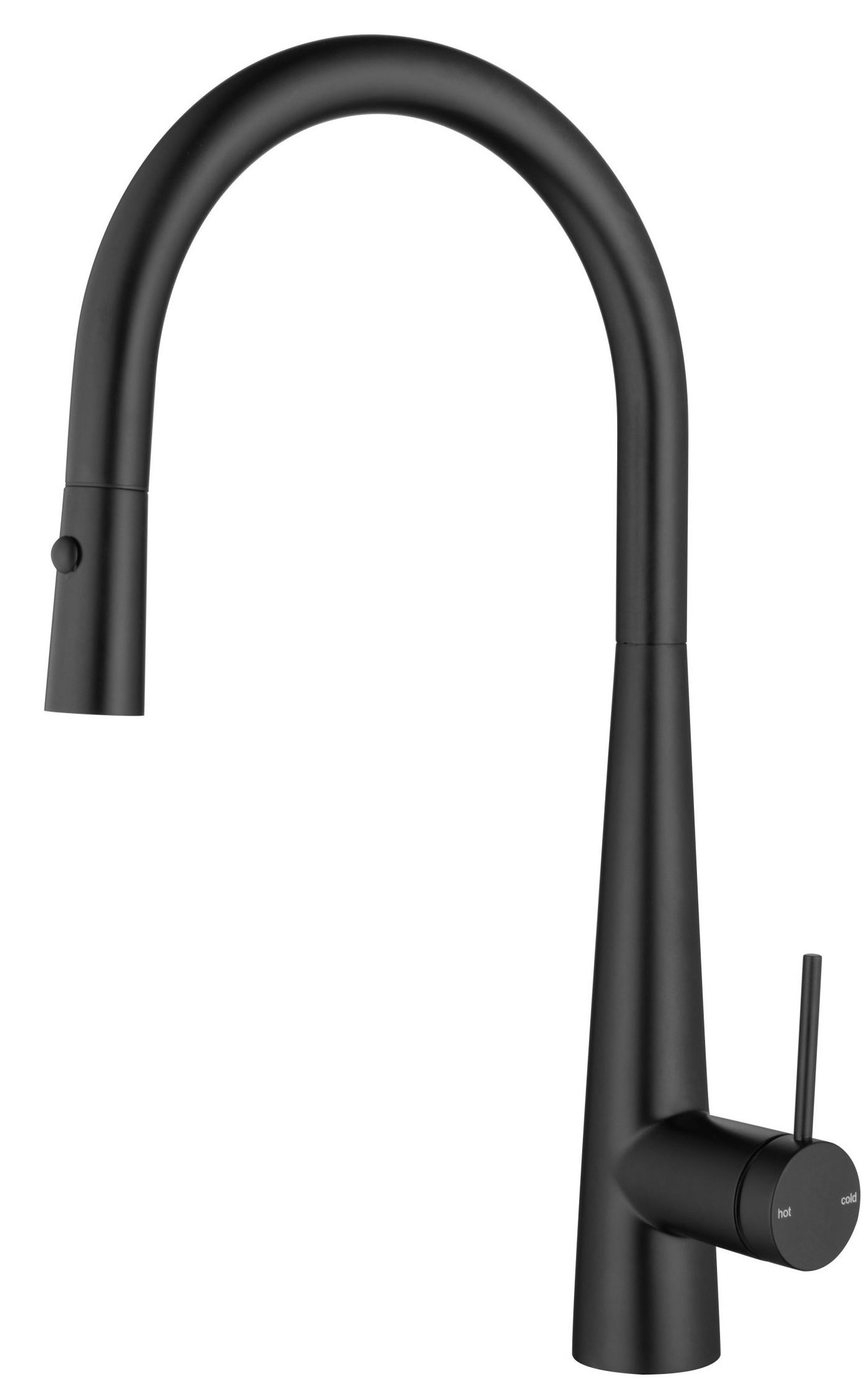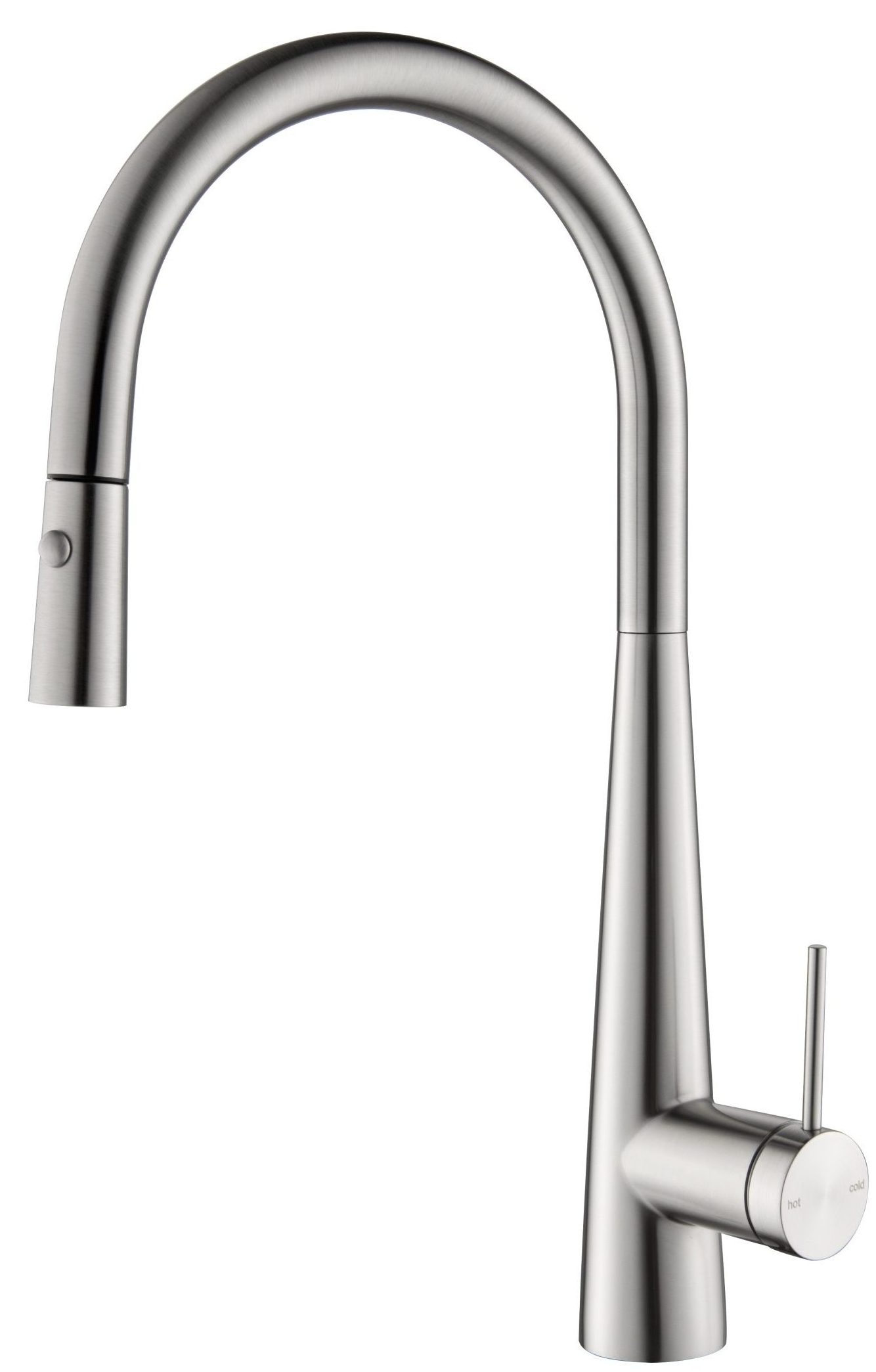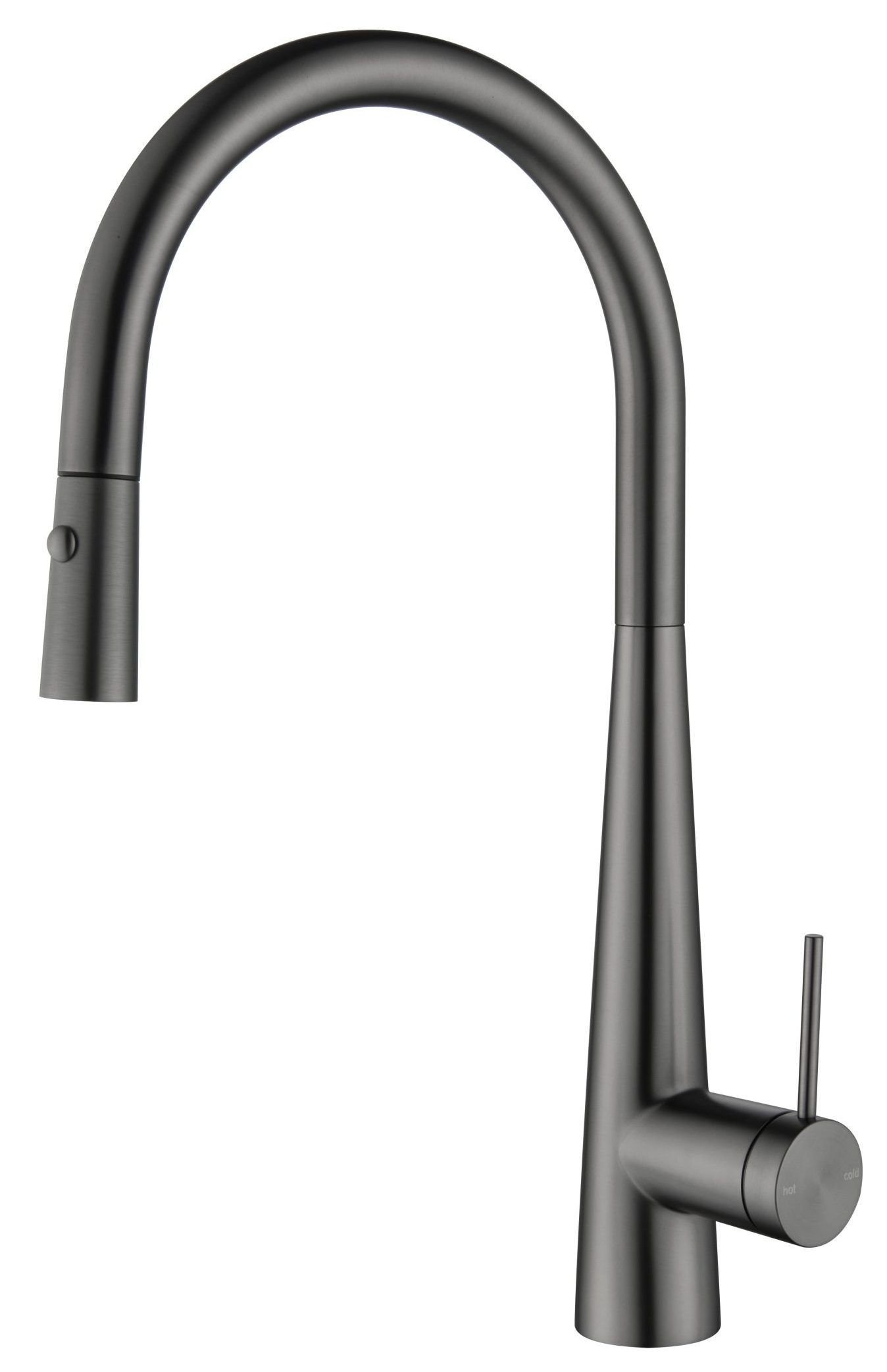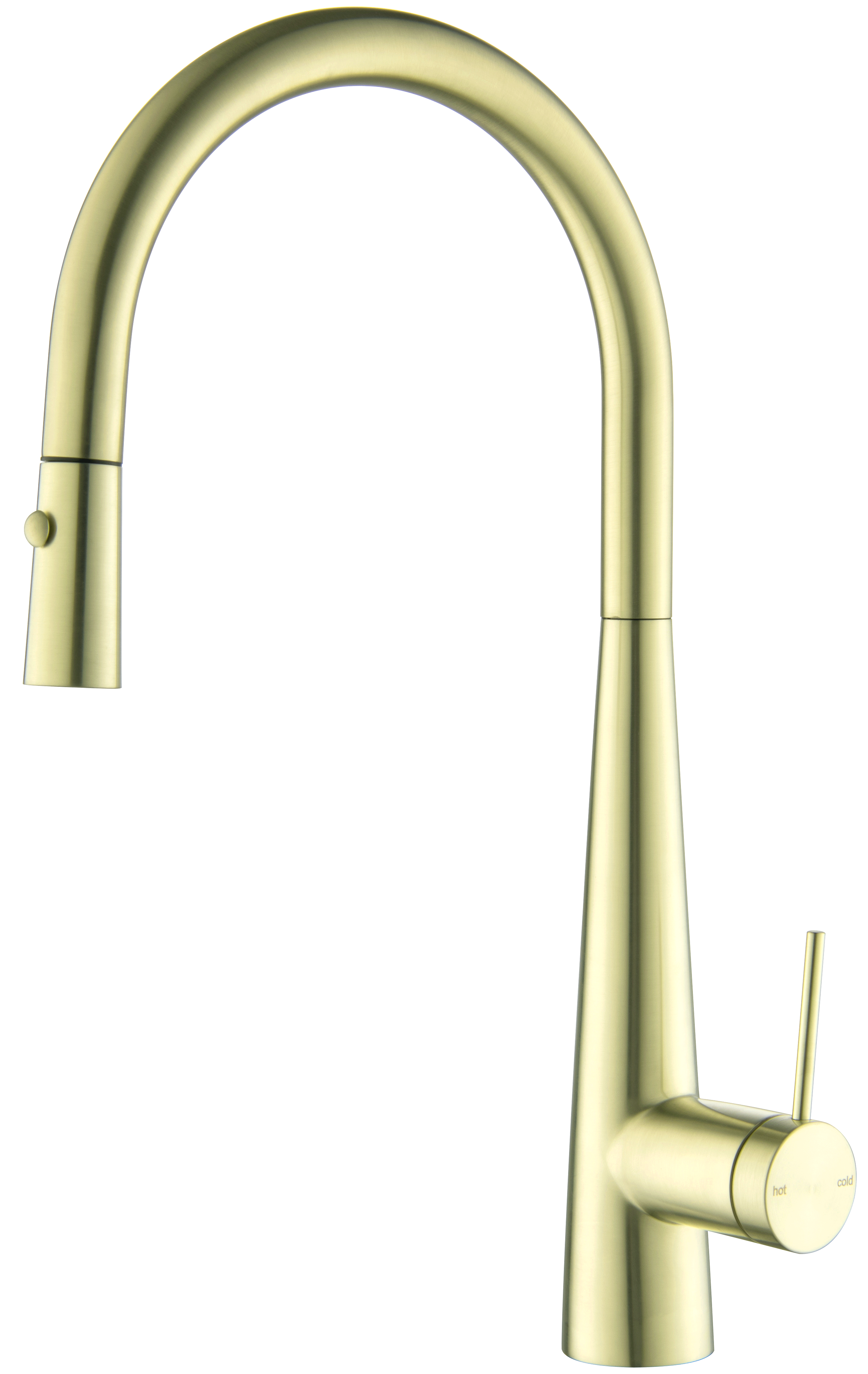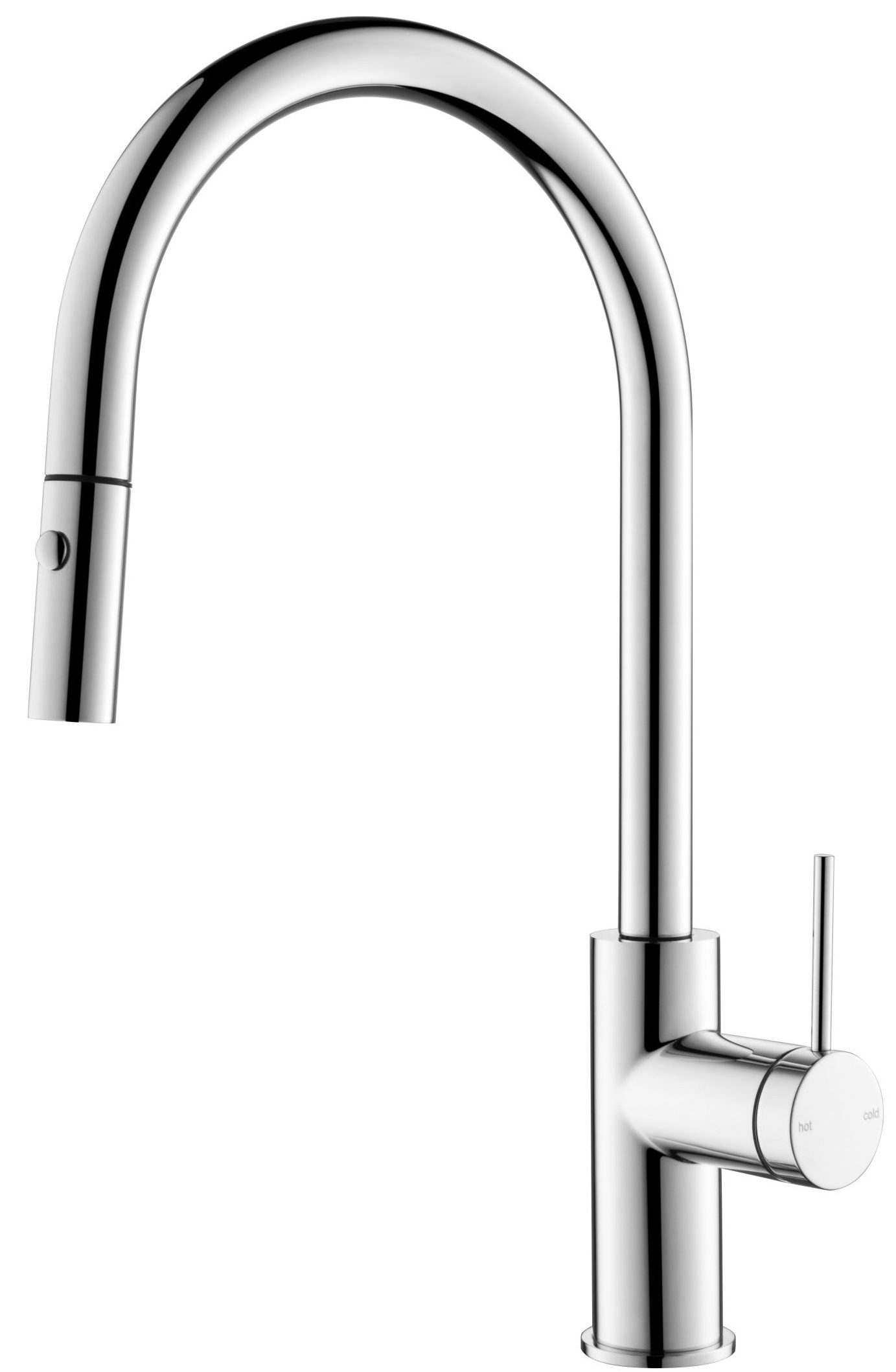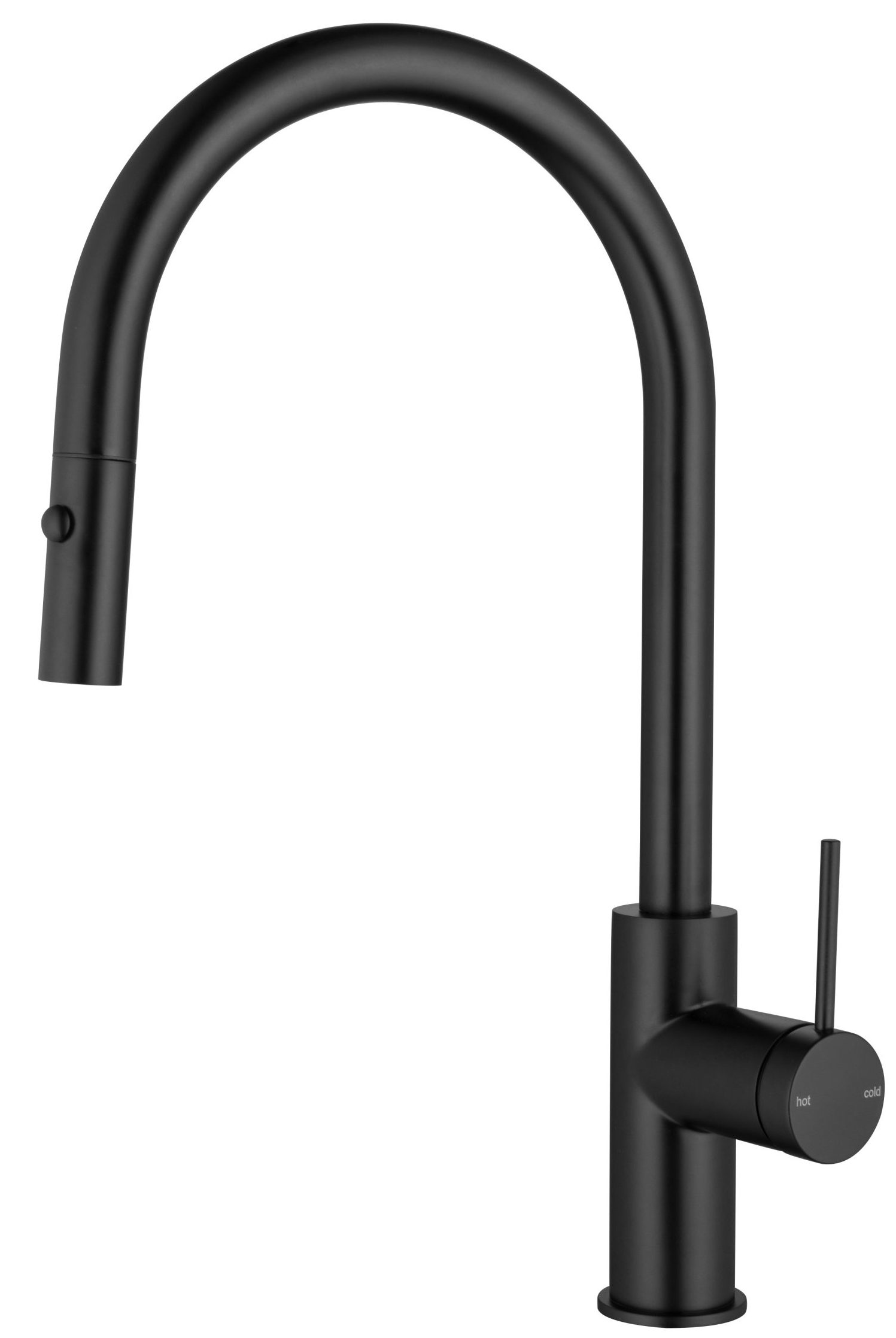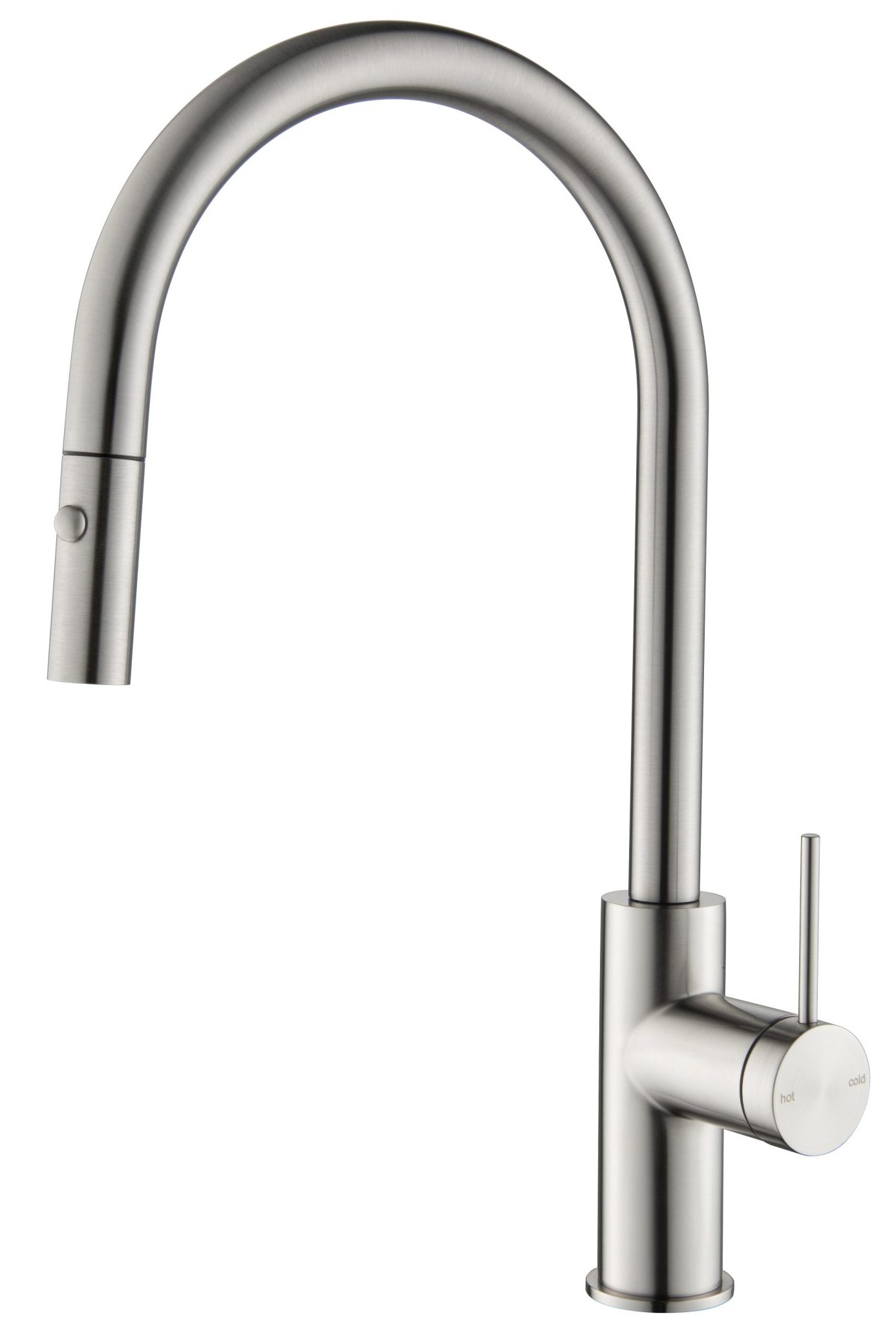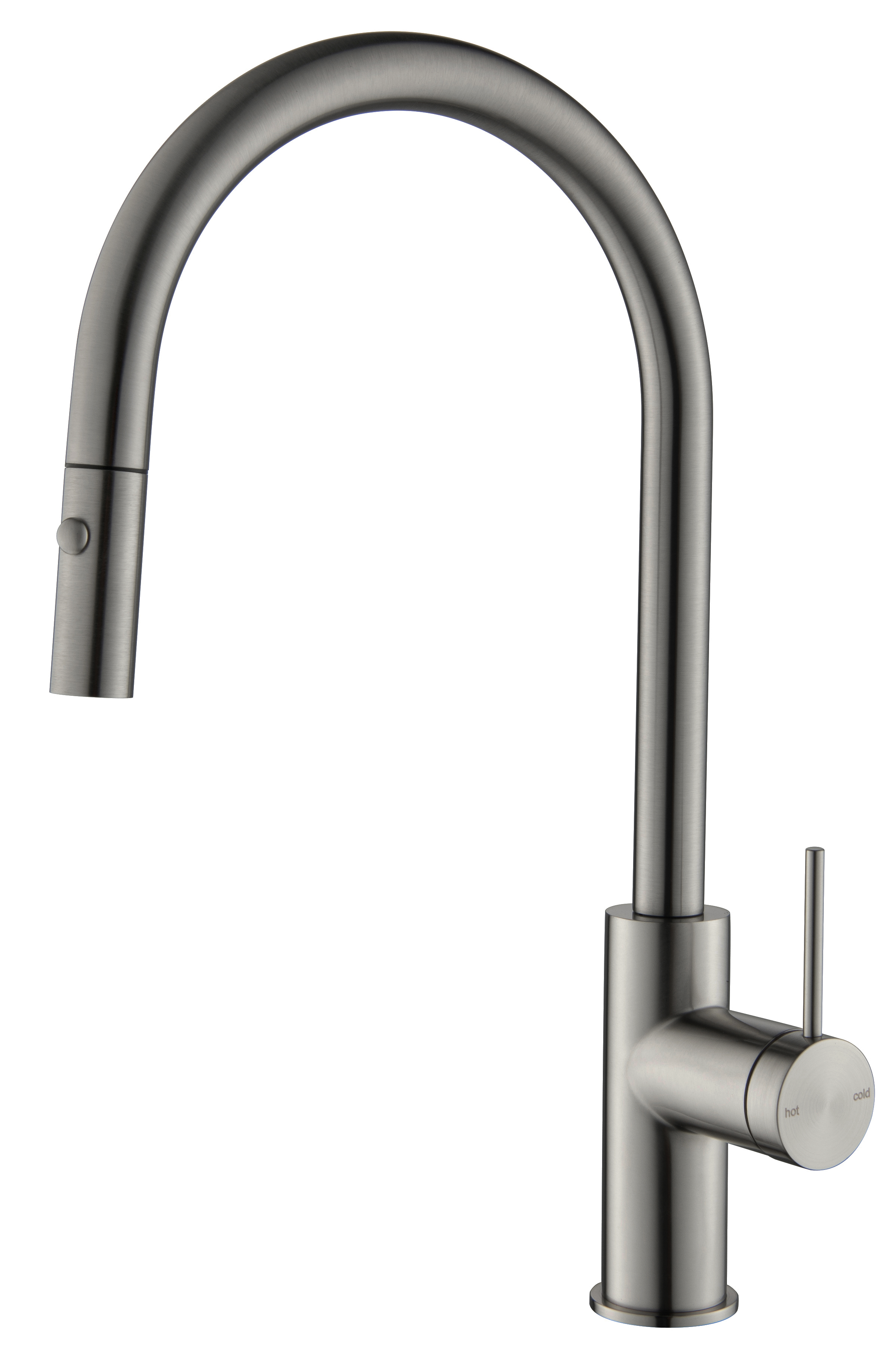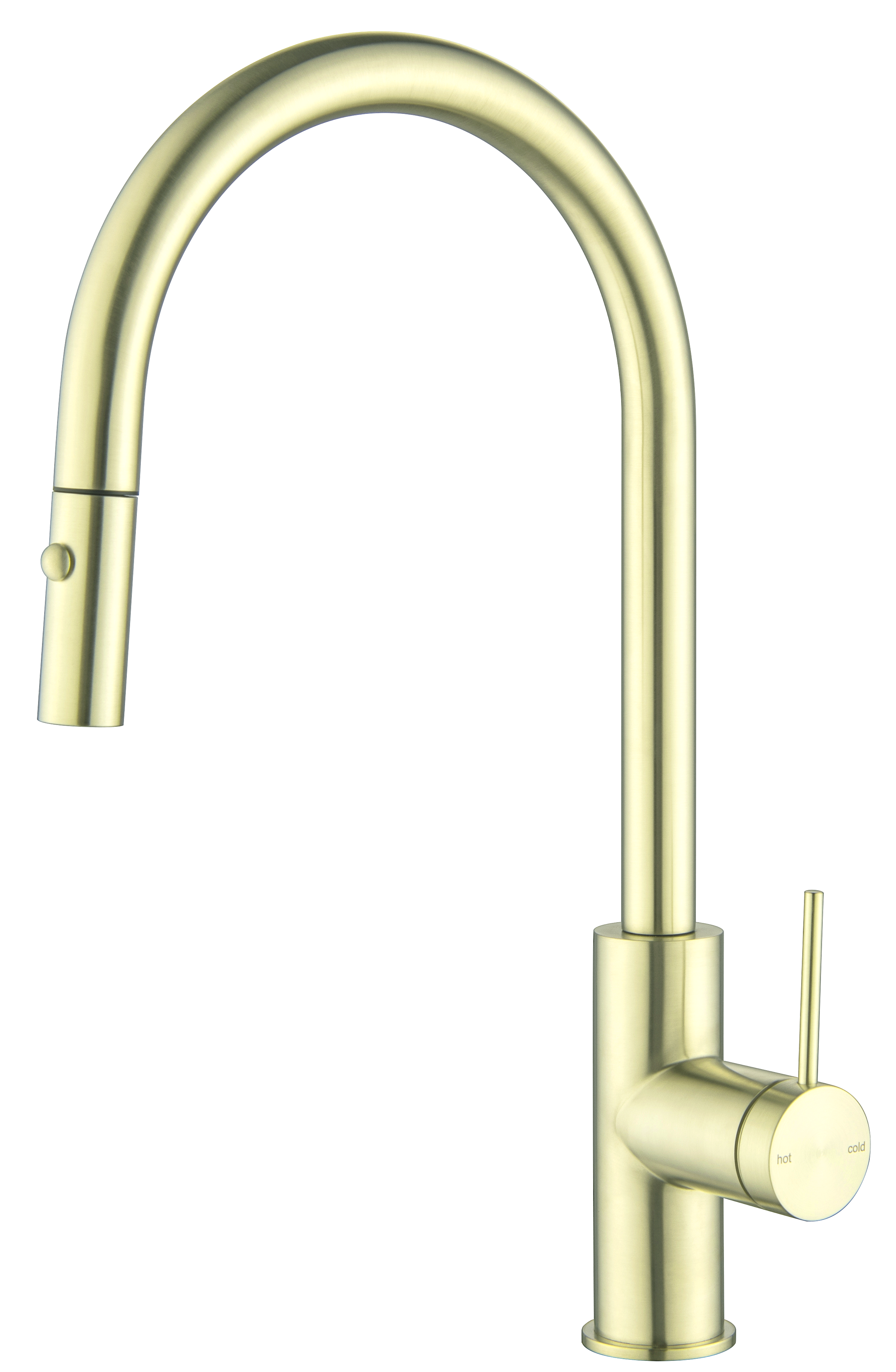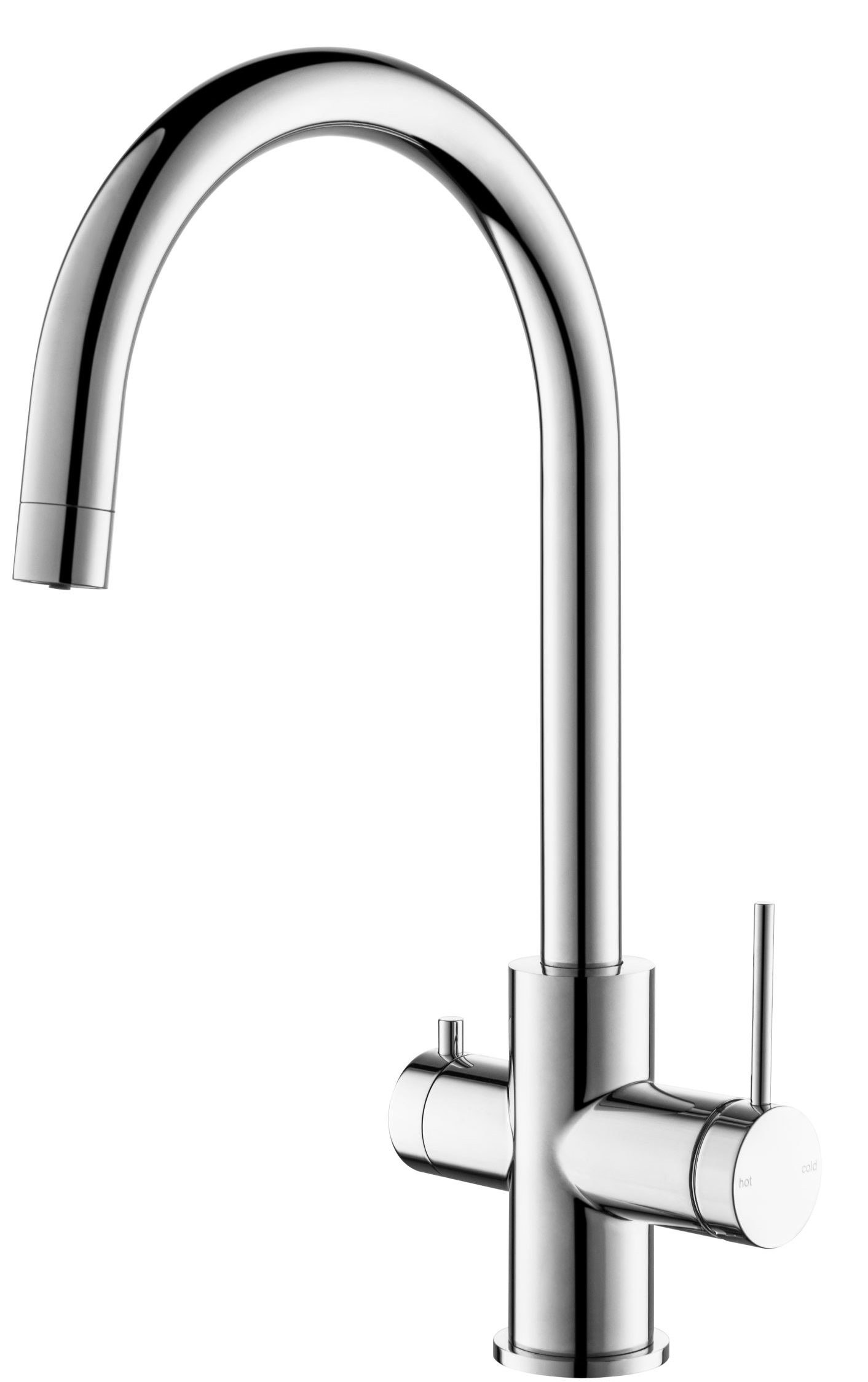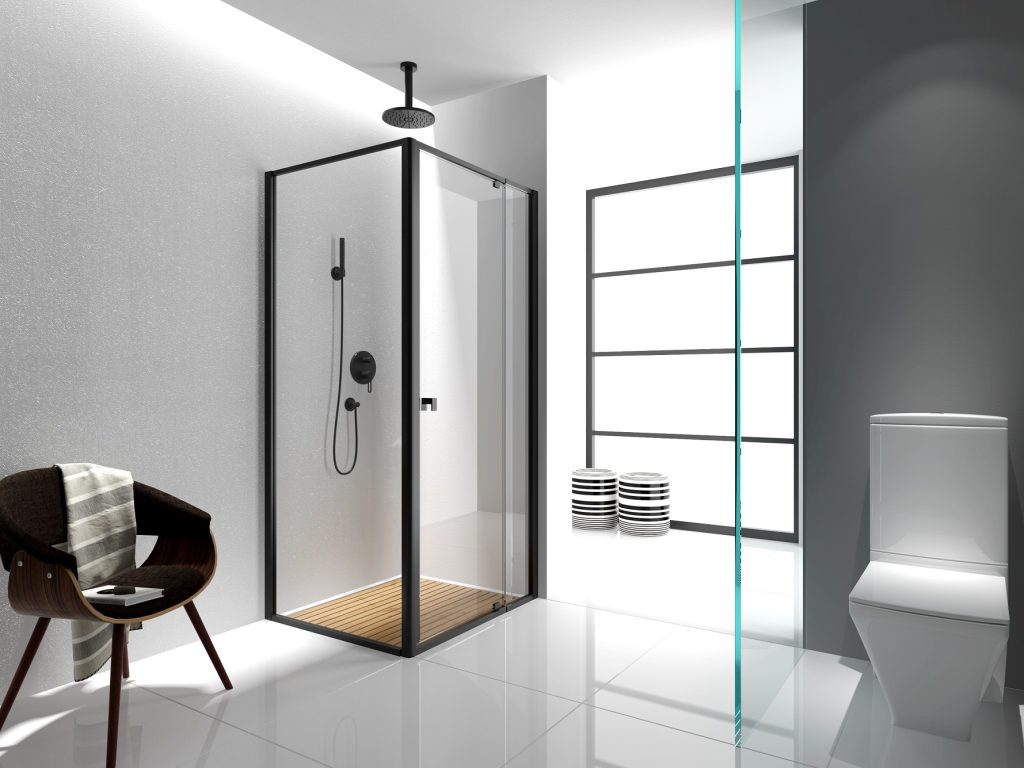
If you’re planning a bathroom remodel you’ve no doubt started to envision the tiles, shower heads and fixtures that will make your space flawless. But, one product is often overlooked in the initial design phase; the shower screen.
A shower screen is a functional, practical, aesthetic design element that does a lot of heavy lifting in a bathroom. It keeps the room from getting unnecessarily wet – which in turn minimises mould growth – creates a sense of privacy, and can even enhance the style of a space. But before you start to shop around, you need to understand how to choose the right shower screen type and size for a space. A compact ensuite renovation will differ vastly from a grand family bathroom after all.
In this guide, we’ll cover off everything to know about shower screen sizes. We’ll run through popular types of shower screens, their recommended dimensions, and how to choose the right glass shower screen size – for your bathroom.
Understanding shower screen sizes
Three key dimensions make up a shower screen size. These are:
- Height: This refers to the vertical distance from the top to the bottom of the screen.
- Width: This is the horizontal measurement of the screen.
- Return Depth: To measure depth accurately, you must measure the depth of the shower from the wall. This is known as “return depth”.
Standard shower screen size guide
Loosely speaking, a standard shower screen size in Australia will measure from 900mm x 900mm up to 1800mm x 1000mm.
However, the concept of a standard size is a bit of a misnomer because there is no such thing as a “standard” shower screen. There isn’t a “one size fits all” screen solution that will fit every bathroom recess; individual spaces must be assessed according to size and shape.
To determine whether a standard shower screen size will suit a space, homeowners should measure the length and width of a recess to calculate the maximum size a screen will sit comfortably.
If you have a trickier space to work with, you may need to consider a custom solution.
Frameless shower screen sizes and benefits
A frameless shower screen encloses a shower with one, or multiple, panels of thick tempered glass. As the name suggests, no frame accents this screen and the hardware used is minimal. Because of this, frameless shower screens open up a space, creating a sleek and contemporary look with one HUGE bonus; reduced, efficient cleaning.
Now these are a great option for smaller bathrooms because of the sense of brightness and airiness they create. Common frameless shower screen sizes will range from 900mm to 1500mm in width and 1900mm to 2200mm in height.
If these standard sizes don’t fit your recess don’t worry – you can get glass panels custom-made to suit your space although it will increase the overall cost.
Installing a frameless shower screen is complex. As these screens have minimal hardware, precise fitting and sealing is needed to minimise leakage. Our suggestion: hire a professional to install it for you.
You may also see semi-frameless screens – screens that are only partially framed – referred to as you’re browsing.
If you want to learn more about the two types of shower screens check out our article “Frameless vs. Semi-Frameless Shower Screens.”
Walk-in shower screen size considerations
A walk-in shower is a functional, luxurious option if you have a bit more space to play with.
The open designs are free of doors, steps, ledges and glass; you can just walk in. This ease of access makes them a convenient option for those who look after small children or the elderly.
The minimum recommended walk-in shower screen size is 900 x 900 mm. Anything smaller than this increases the risk of water splashing outside of the recess. To give yourself more room to move, we recommend allowing a minimum of 1060 x 1520 mm.
Cost is a factor when considering a walk-in shower. It would be remiss of us not to mention that they can be quite expensive, and require professional installation.
Consider the below before setting your heart on one:
- The size and shape of your bathroom: If working with a trickier space – custom options may be needed, which will increase the price.
- The features you want vs the features you need
- Materials you want to use
- The style of your bathroom
And our last tip:
When sourcing quotes make sure the companies you’re reaching out to specify the total cost of material, labour and time it will take to install. Doing this means you won’t be caught out by hidden costs.
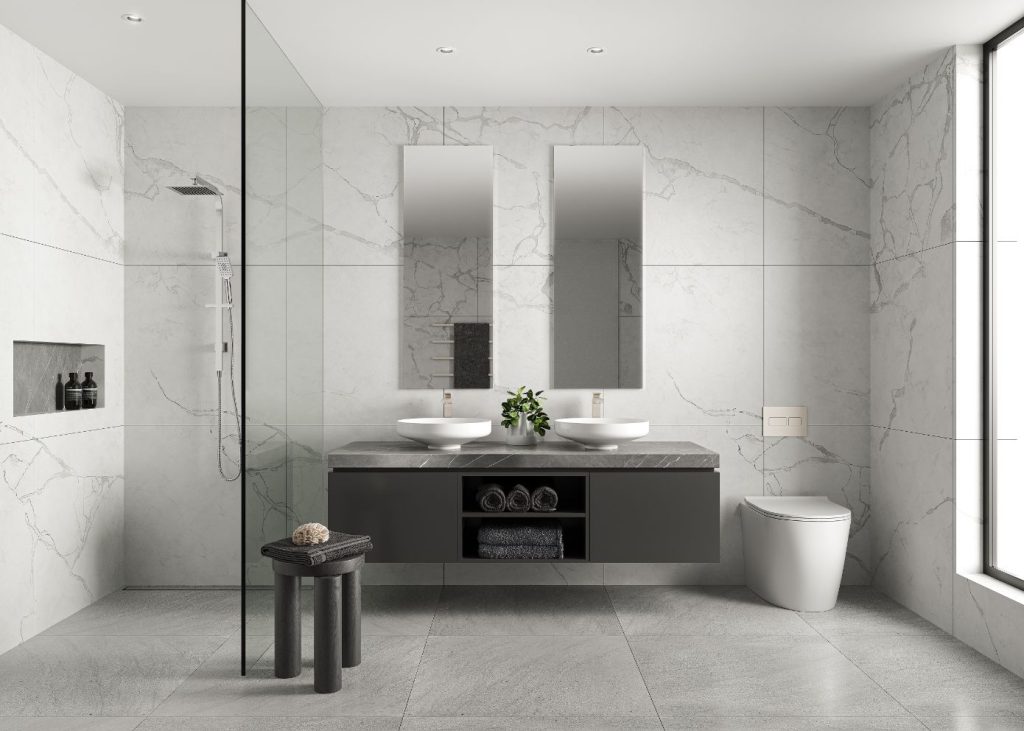
Glass shower screen sizes and thickness guide
It should be noted here that other factors – such as door width, swing and glass thickness – influence the size of a shower screen … and how easy a particular product is to install.
Glass thickness can range from 6mm, 8mm, 10mm, 12mm. The thicker the glass the sturdier the shower is. Thicker glass is usually recommended for frameless screens, and screens with doors and hinges as it increases its durability and blocks out more sounds, making for a more relaxing shower.
The Building Code of Australia also sets out two requirements for shower screen installation. According to Fair Trading NSW these requirements are:
- AS 1288:1994, Glass buildings-Selection and installation
- AS/NZS 2208:1996, Safety glazing materials in buildings.
Simply put, AS 1288 specifies that glass used in shower screens is glazed in either Grade A (toughened and laminated) safety glass or Grade B (wired) safety glass, while AS/NZS 2208 details the test requirements for glass including toughened glass.
For reference, framed toughened glass requires a minimum thickness of 4mm, while the minimum thickness of partly framed and frameless toughened glass is 6mm.
How to measure for a shower screen
Now we know we have hit you with a lot of information, so this is where we tie things all together.
Remember, at the start of this guide when we broke down the three dimensions needed to measure a shower screen, to recap these were:
- Height
- Width
- Return depth
Unfortunately measuring a shower screen recess isn’t quite as simple as measuring the above as you have to factor in a few variables.
Before you begin, you will need these items;
- Tape measure
- Pencil or marker
- Notepad
- Step-ladder
- A level
Ready to measure? Follow the steps below:
- 1. Identify the shower screen type you’re after
- 2. Measure height, width and return depth
- 3. Confirm walls and floors are level
- 4. Ensure doors (if going with this option) have enough clearance and swing space
- 5. Measure odd angles – if there are any
- 6. Ensure variables – such as tile thickness, waterproofing and glass thickness – are accounted for.
- 7. Double check your measurements
- 8. Recording these dimensions early should help you accurately order a shower screen for your bathroom.
Picking the right product for your home
You should now, hopefully, have a better idea on how to choose the right shower screen size for your bathroom.
But if you’re still at the beginning of your design journey and don’t know what product you’re leaning towards yet don’t worry, because we’ve pulled together this little summation, to help you easily identify which product your space may require.
- Small Bathrooms: Frameless shower screens work well in small spaces, where their seamless design can make the room feel larger.
- Large Bathrooms: Semi-frameless screens add visual structure and help to create a focal point without sacrificing openness.
- Corner Showers: Both semi-frameless screens and frameless screens work in corner showers. Semi-frameless screens may provide better water containment if the walls aren’t perfectly square.
- Alcove Showers: Frameless screens fit beautifully in alcove showers, especially when installed with custom cutouts that follow the flow of the room.
Ultimately, selecting the right screen type depends on the shower recess, and bathroom size you’re working with, and while the above should serve as a good jumping off point to narrow down a product, we can’t emphasise sufficiently how important it is to measure your recess accurately from the start.
So please follow our checklist, and if you’re still in doubt call in the professionals for a second measurement.
An inaccurately measured shower can cause all sorts of expensive headaches, so you can never be too careful with these things.
If you want to explore your options – and start shopping for the perfect fit – explore Bella Vista’s shower screen range.
If you found this article useful, and want to learn more tips to build your perfect shower area, you can read our other article “How to Choose the Perfect Shower Head”.

